We are now approaching the finish line! I have taken nearly 800 photos as a part of this review process in a variety of settings (this on top of the hundreds previously I had taken during my review period of the Canon EF 16-35mm f/4L IS USM and Tamron SP 15-30mm f/2.8 Di VC USD Lens in my review of those lenses) and I feel like I now have a good sense of each lenses’ strengths, weaknesses, and purpose. This final part of our Three Way Shootout will focus on three additional areas of comparison (Flare Resistance, Astraphotography and Coma, and Handling) before we look hard at each lens’ value and helping you decide which one is right for you.
Flare Resistance
The ability to resist flare without veiling, ghosting, and a loss of contrast is very important in a wide angle lens. Some of those qualities may have artistic merit in a wide aperture prime lens for portraiture or fine art shots, but not in a wide angle lens. All of those things are going to be distractions in a wide angle landscape shot and are often very difficult to correct for in post. Vignetting or chromatic aberrations are much easier to deal with than veiling or ghosting artifacts. The good news is that all of these lenses do a reasonable job, and the new Canon f/4L and the Tamron do an exceptional job. Take a look at the beginning of this video for the section on Flare Resistance.
If you want to take a look at the original photos, I am including them here below. I’ve done a controlled test from each lens at apertures of f/2.8 (or f/4 with the 16-35mm f/4L), f/5.6, and f/11.
Canon f/4L IS:
Canon f/2.8L II
Tamron 15-30 VC
You can see that the smaller aperture is most likely to introduce some kind of flare artifact, although none of these lenses produce anything too significant in this test. Veiling is also quite well controlled. The older Canon is (unsurprisingly) the least flare resistant. Coatings have significant improved in recent years. Both the f/4L and the Tamron do exceptionally well here, with a very faint win going to the Canon.
The f/11 shot in this series gives us a nice look at the sunburst/starburst effect from these three lenses. The older f/2.8L is in some ways the most interesting, with some extremely long blades. Those could also be distracting if they extend into a useful part of your image. This is a taste thing. The Tamron produces a less extreme, but very nice result. My least favorite is the f/4L, but all of them do quite a nice job and are a far cry from the boring sunstar produced by either my Rokinon 14mm full frame lens or the Rokinon 12mm f/2 lens I have for mirrorless bodies.
Just for comparison sake, here is what my Rokinon 14mm f/2.8 did in the same test. It should be noted, however, that this lens has a scratch on the rear element that may be affecting its performance here. I’ve not really had an issue with flare in the past.
Astraphotography and Coma
Almost everyone loves the incredible pictures that can be taken of the starry skies at night, and it certainly is a great application of these lenses. If you aren’t familiar with shooting this kind of image, I’ve written (and recorded) a tutorial for how to to both shoot and process nightscape images. My lens of choice for the past several years has been the Rokinon 14mm (I used it for the image above). It has been chosen by a number of professionals for its low coma and wide angle of view over a number of far more expensive competitors. Can one of these lenses dethrone it?
I received the two Canons about 10 days before the Tamron was available to me (for this second time), so I did a number of comparisons between them. One thing that I really wanted to do as a part of this comparison was to test the lenses for astraphotography. Any wide angle lens that I use will definitely do some duty shooting the night sky, and I wasn’t really satisfied with the results that I got from the Canon 16-35mm f/4L last summer. I wanted to give it a second try.
I’ve previously noted in a number of reviews that I find that one can much better use a lens when you become familiar with it. Every lens has its own quirks. I rediscovered one from the Canon EF 16-35mm f/4L; you cannot trust infinity focus by just using the distance scale. I didn’t know exactly where proper infinity focus comes, but this is the second copy that I have used, and in neither case was I able to go out in the dark and trust that setting the lens to the hard stop at infinity would produce proper focus on the stars. From the size of the star highlights it is clear that the lens focuses beyond infinity (it begins to go out of focus and focuses on nothing).
To infinity and beyond isn’t a good thing, here.
As a result, my first round of astraphotography photos were pretty much spoiled. This is kind of a big deal, because I was able to go out with the Tamron and get really great results using the same technique a few months ago. The results from the Canon 16-35mm f/2.8L II weren’t much better.
Before testing the lenses for astraphotography again I did something that you should do, too, if you decide to do this type of shooting; I determined in the daytime where infinity focus actually was. I did this by focusing on the sky (clouds) during the day by autofocusing of them, and then noting where infinity focus was (in the case of the Canons it was actually at the beginning of the long bar that leads to ∞ in the focus window. I confirmed that focus at night by using Live View 10x and manually focusing on a bright object in the night sky (Venus, in this case). So beware that if you own or purchase either Canon lens you will need to figure out where infinity focus actually is, as the manual focus ring will focus beyond infinity. In all fairness, however, the majority of my most successful nightscapes (check out some of them here) have been shot with the Rokinon 14mm f/2.8, and its calibration isn’t even close to being accurate at infinity (much worse than the Canons). As far as focus calibration goes for this type of shooting, however, the Tamron 15-30 VC wins the prize. Infinity focus comes either at or very close to where it is indicated by the hard stop.
That bit of logistics out of the way, I proceeded to shoot a series of night sky images with all four lenses (the Rokinon provided a baseline for me). We are going to get critical in a moment, but let me first say that I was relieved to produce nice looking nightscape images with all of the lenses. That was a relief to me, as I had previously been disappointed by the results from the 16-35mm f/4L, and it is otherwise an amazing lens. That being said, however, two of these lenses are more suited to this purpose than the others. I strongly suggest that you take a look at this video starting at the 5:45 minute mark to get the best look at the performance from these lenses in astraphotography. It is hard to tell the story in just the images shared below.
To summarize the findings from this test:
The Canon EF 16-35mm f/2.8L II produces the worst coma of the bunch. It has the advantage of an f/2.8 aperture over its f/4 brother, but the advantage ends there. Star points become the shape of flying ducks (they acquire wings) in the corners of the image. This becomes increasingly obvious with the brighter points of light. Bright points of light also have a bit of a smear around them that makes them look look more mush and less sharp. Star points also don’t look particularly sharp and precise even in the center of the frame.
The Canon EF 16-35mm f/4L IS mostly suffers in this comparison because of its less than desirable maximum aperture for this time of work. There is somewhat a of sweet spot for this kind of shooting (between 15-20 seconds), as even an exposure of 30 seconds will begin to show some movement in the stars (the beginning of “star trail” photography). The other lenses let in (theoretically) twice as much light as the f/4L IS, meaning that you have to either jack up the ISO settings or use a longer shutter speed. Neither of these are particularly appealing. The other challenge is that while the coma isn’t as bad as the f/2.8L, star points in a number of places around the edge of the image look wedge or diamond shaped. Even in the center of the image, however, the star points are less distinct than those of the Tamron or the Rokinon – even with identical settings. They are elongated and stretched rather than precise. The overall “look”of the image isn’t bad, but it certainly does not hold up under scrutiny. If this is an important use of a wide angle lens for you, the f/4L IS may not be your best choice for a number of reasons.
The Rokinon 14mm f/2.8 has been the champion for this type of work (along with the amazing Zeiss Distagon T* 2.8/15mm), but its days at the top of the heap are now over. It still has a very good coma result, with light points only become distorted somewhat in the extreme corners, but the incredibly heavy vignetting also reduces its light gathering efficiency in the corners. It also isn’t as sharp as the Tamron wide open, and that makes the star points less precise (I have often used this lens at f/4 when conditions allow to get sharper nightscapes from it). It is still a great budget option for this kind of work, but we have a new king.
The Tamron SP 15-30mm f/2.8 Di VC USD is the clear winner of our comparison. It’s vignette performance is excellent, as is its sharpness wide open. Star points appear the most precise and sharp, and the extreme corners only produce a bit of elongation on star points (a bit of a tail but no wings!). The center performance is clearly the best, and its excellent contrast makes for great looking nightscape images. I even stopped it down to f/4 and shot it with identical settings to the Canon f/4L and the results clearly favored the Tamron. It isn’t coma free, but it is better than the rest and is my new choice for this type of work.
Another photographer named Ron Brunsvold has taken the time to do a more scientific approach to finding the best wide angle lens for shooting nightscapes. I would encourage you to take a look at his findings here as he tests even more lenses in a controlled environment. He summarizes by saying, “Bottom line is that it will take a bag full of lenses to accomplish or in some cases slightly exceed the performance of a single Tamron SP 15-30mm lens.” He also discovered what has unfortunately been my own conclusion; the Canon 16-35mm f/4L IS excels in many areas, but low light or night sky performance is not one of them.
If shooting astraphotography is a priority for you, I encourage you to take a close look at the Tamron. It does a great job for this type of work.
Handling, Autofocus, and Handholding (Image Stabilizer)
There is more to these lenses than just their optics. While it is more difficult to scientifically quantify the difference in handling on each of these lenses, I can relay my feelings in using each one. Ironically, I would have to say that it is the older lens that wins this prize for me. The EF 16-35mm f/2.8L II is still a great lens to use in the field. When it was released the 82mm front filter thread was an issue as it was larger than the 77mm standard and few lenses shared it. In the past 8 years that has changed as lenses have trended towards larger front elements and now a number of lenses use the 82mm filter size. The filters are more common and thus cheaper. The zoom ring is by far the best of the bunch here, moving effortlessly in a manner that reminds me of some of the 70-200mm variants. By comparison the other two lenses zoom ring require more effort and just feel a little “rougher” by comparison. All of these lenses handle well, don’t get me wrong, but the older Canon just feels the most refined.
The demands on an autofocus system are lower on wide angle lenses as opposed to telephoto lenses. For example, the depth of field at 15mm, f/2.8, and a subject 8 feet from the camera is more than 85 feet! Change the focal length to 150mm and leave all the other variables the same and the depth of field is less than 2 inches. You quickly get a sense of the difference in the demand for precision. This isn’t to to say that wide angle lenses don’t need to focus accurately. They do, but they don’t have to work quite as hard to get accurate results. I can’t report any issue with focus accuracy with any of these lenses. I’ve had consistent, repeatable results both in this test period along with my previous test periods for the f/4L IS and the Tamron.
When using the center point of the Canon 6D in decent light it would be hard to distinguish focus speed. They all focus quickly and accurately. In the field, there was a bit less hesitation from the f/4L IS over the Tamron using the outer points. The lenses do have a different feel even if there isn’t much variation in speed. The Tamron seems to lag for a split second while inertia builds. The Canons don’t pause in that way, but actual focus lock speed is roughly the same on the center point. The Tamron was able to focus accurately in extremely low light conditions. The improved light gathering of the f/2.8 variants help in low light focusing. If I were to give an edge to any of these lenses overall, however, it would be the to f/4L IS. It focuses very quickly and very accurately and seems the most refined.
The f/4L IS and the Tamron both have image stabilizers (Vibration Compensation on the Tamron). Some would debate whether or not an image stabilizer is necessary in a wide angle lens, and I will definitely say that image stabilization is more important in telephotos lenses. Still, the image stabilizers do play an important role with these lenses, giving some versatility in situations where you desire a longer shutter speed and don’t have a tripod or when you want to shoot video. I shot video sequences walking with the lenses and there is a definite difference between the steadiness of footage taken with the stabilizers on and the footage with them off.
I was able to achieve slightly better results with the Tamron than the Canon. I was able to handhold the Tamron at 30mm at speeds as low as .8 seconds, while the lowest I achieved with the Canon (at 35mm) is .5 seconds. I was able to achieve the result with the Tamron more consistently. It ironically may be the increased weight and bulk of the Tamron that aids in handholding it. Just note that there is a law of diminishing returns with wide angle zooms as compared with the results with telephoto lenses. There is a vast amount of difference in the amount of shutter/mirror vibration in a 1/10th second shutter speed compared to a 1 second shutter speed. The good news is that with either lens handholding a 1/10th shutter speed is a cakewalk. This is a definite advantage for these lenses over the older Canon f/2.8L, particularly when both of these lenses cost considerably less. A slight edge goes to the Tamron for handholding. They’ve done a great job with their VC systems on a variety of lenses that I’ve tested. I was able to take some very cool pictures handheld at shutter speeds approaching one second that were still sharp and very stylish, plus it made a difference in panning shots. See a few examples below:
We have already covered in a previous article that the Tamron is considerably bigger and heavier than the other two lenses. If your goal is to keep the ounces down for backpacking or because of some physical issue, then our winner here is the f/4 IS. The Tamron is packing a lot of technology and optical goodness into that package, but it definitely comes at a size and weight premium.
There is an elephant in the room when it comes to handling and use issues, and that is the no filter issue for the Tamron. Unlike the other two it has a bulbous front element and a fixed lens hood that precludes the use of traditional screw on filters. This is my single biggest issue with the Tamron. If it could use traditional filters I would declare it the hands down winner of our comparison. But not being able to use traditional filters is a big deal for a lot of people…including me. It means that (at least for the moment), I won’t be taking shots like this with the Tamron:
One of these is from the f/2.8L, the second pair from the f/4L. None of them are from the Tamron.
Still, I will approach it the same way I did the Rokinon 14mm f/2.8 – exposure bracketing, and then investing in a square filter solution when it arrives. I can’t help but note that the lack of screw in filters for the Nikon 14-24mm f/2.8G hasn’t seemed to hurt its widespread adoption or use by a horde of landscape photographers. I believe the Tamron will be a popular enough lens (there is already a serious backlog of preorders) that someone will create a square filter system for it. Polarizers are often not a great idea on lenses this wide; a graduated ND filter is far more important to me in this type of lens than a polarizer. What hurts is not being able to use my ND64 or ND1000 filters. Note also that there will be additional expense involved with purchasing aftermarket filter systems for the Tamron that simply won’t exist in the same fashion for either of the Canons. This is an important consideration as well. None of these lenses is a perfect solution, and if you are a big filter user, you will probably be better served with choosing one of the Canons.
One final (minor) issue: the Tamron has a fixed lens hood and thus its lens cap fits over the hood like that of the Nikon 14-24, Rokinon 14mm, and Zeiss 15mm (amongst others). It is the least offensive of these lenses, however, because the thickness of the lens cap is only about an inch compared to 2-3 times that for some of the others. It seems to fit securely, and is still slim enough to go into a pocket. It is also easier to put on and take off than traditional flat, pinch caps but does take up more room for storage than they do (it is roughly three times as thick).
Price and Value:
Some of you are reading this article out of intellectual curiosity, some to help validate the choice you already made, and some of you are serious shoppers that are looking for advice on where to invest your money. Let me preface this by saying that I don’t think you can go wrong between the f/4L IS or the Tamron. Both of them are exceptional lenses. But what will matter is the areas of particular strength and whether or not those areas align with your own needs. Unfortunately there is no lens here that has it all; as always, there is some give and take.
- The 16-35 f/2.8L has a wide aperture that lets in twice the light as the f/4 lens and retains the ability to use traditional filters, but it lacks an image stabilizer and has the weakest optics.
- The 16-35mm f/4L IS has amazing optics and an effective image stabilizer, and it too retains the ability to use traditional filters, but it has a slower aperture than the other two and is thus less appealing as an event/wedding lens where you need to stop action and need the wider aperture.
- The Tamron 15-30 VC has the wide aperture, image stabilizer, and the great, modern optics, but at the cost of being able to use traditional filters.
I’ve put together a series of bullet points to help your decision.
- The Tamron has a six year warranty period vs. the 1 year warranty period the Canons (in North America). I’ve had a great ongoing experience with Tamron’s warranty service, so this is, to me, a very valuable bonus.
- Experience says that you are probably more likely to need that warranty with the Tamron, though no lens is exempt from defect. At the same time, there are a couple of my Canon lenses that I have felt like needed service, but I have not sent them in for adjustment or repair because they were (quickly) out of warranty.
- If you are a JPEG shooter some Canon bodies will correct for “Peripheral Shading” (vignetting) and even Chromatic Aberrations in body…but only with Canon branded lenses.
- Third party manufacturers have to reverse engineer autofocus algorithms, so there is always an (off) chance that Canon could change those algorithms with a future body and leave you with a lens that needs updating. This is unlikely, but the risk is higher with a third party lens. In Tamron’s defense, they have done an exceptional job with their USD/PZD lenses and I have found focus accuracy very high with the four such lenses that I have owned (three of which remain in my kit). I have used or reviewed almost all the others and had good results with them as well.
- Historically Canon L series lenses have held their value very, very well. It is not uncommon to buy a used Canon L lens, use it for a few years, and then resell it for just about what you paid for it. The exception to this rule has been when buying newly released Canon lenses new; in recent years they have often had a heavy price premium in the first six months to a year and then the price relaxes somewhat. I have felt bad for those that paid $2400+ for the new EF 24-70mm f/2.8 II only to see the price settle down to $2000 (or less) and those that paid the ridiculous $1600 for the new EF 24-70mm f/4L IS only to see its price quickly drop to $1000 (or cheaper). The lesson here: Canon lenses hold their value well…once market value has been established.
- Historically third party lenses have not held their value as well. In past years Tamron and Sigma lenses would often quickly lose several hundred dollars off their purchase price, and then settle into a holding pattern around there. There was also a prevailing attitude that third party lenses weren’t as good. This perception seems to be changing on both levels now. Many professionals now have a Tamron or Sigma in their kit, and have often chosen that lens over an equivalent first party lens. Third party lenses are a LOT better than what they used to be. Furthermore, the Tamron 24-70 f/2.8 VC (sticking with this focal length example) was released at about the same time as the Canon 24-70II. It was released at an asking price of $1299 in the US. Its current list price is…$1299. It has seen instant rebates of around $100 (like all lenses) periodically, but thus far it has actually held its value very well. I checked the used market and found that most used copies are selling for well over a thousand dollars while copies of the Canon 24-70II are selling around $1800-1900. The lesson here is the same as before: a good lens at a fair market price seems to hold its value well.
- Both the Tamron 15-30 VC and Canon 16-35mm f/4L IS are released at very reasonable prices relative to their performance, and I noted with delight in my review of the Canon that it was proving the exception to the rule of Canon’s recent exorbitant initial pricing. It has held the price point of $1199 thus far, and other than the usual sales and rebates, I fully anticipate this continuing to be the market price. The same applies to the Tamron, which is being introduced at the same price point despite being an f/2.8 lens. Its price significant undercuts the Canon f/2.8 variant ($1699) and the Nikon 14-24 f/2.8G ($1999). I fully anticipate Tamron stealing some market share from both of those lenses.
I don’t know what Canon is going to do regarding to do with our third member of this shootout – the EF 16-35mm f/2.8L. The lens was released in early 2007, and while a lot of people have used it, enjoy it, and have produced amazing images with it, the consensus has always been that it wasn’t as good as it could be…particularly as a landscape lens. Canon has continued to sell it at a $500 premium over the newer (and much better) f/4L IS variant. There are a number of event photographers and journalists that need the better light gathering of an f/2.8 lens and it has few competitors (the Tokina 16-28 f/2.8 is one, but their market share is low). I suspect the new Tamron (which is making far more of a splash already than the Tokina ever did) is going to steal a number of those sales with both a much better price and pretty much better everything else, too. So what will Canon do?
Probably nothing.
They will continue to get sales from both those who mistrust third party lenses and those who don’t know there is a better option. They will also continue to get sales from those who value the cache of the red ring. And, in their own sweet time, they will probably bring out a new lens with the wider aperture and the optical performance of the f/4L IS. Just expect to pay a lot for that lens.
In the meantime, I feel that both the f/4L IS and the Tamron 15-30 VC offer excellent value for their price points. The Tamron is the greatest value, as its direct f/2.8 competitors cost more and offer less. The only lens here that I would question the value of is the f/2.8L; it offers less in most areas for more money.
Conclusions
You can watch some of my conclusions on these three lenses starting at the 11 minute mark of the video below, or read on beneath.
Who Are They For?
The Canon EF 16-35mm f/2.8L II shows its age in many ways while still pulling out a few tricks. I feel like this lens is going to require more time spent in processing to produce images similar to the other two…but for the most part it could be done. You can add in contrast, reduce the vignetting, and, in most cases, deal with the chromatic aberrations. The one thing you can’t fake is sharpness in the corners, so this lens would not be my top pick for those of you who feel you will shoot a lot of landscapes. The great handling of the lens, the reasonable size and weight, nice bokeh, and tried and tested Canon L series build quality will make it an attractive pick for those of you who feel you need the wider aperture and don’t want a third party lens like the Tamron. It comes at a cost premium over the other two, however, and that is a little hard to stomach when in many ways it lags behind the other two. If you tend to shoot more event work and artistic shots where absolute sharpness and contrast is not a priority, this lens might be your pick. I’ve seen a number of brilliant shots with it over the past eight years, but I feel that most consumers would be better served with either the Tamron or the Canon 16-35mm f/4L IS. You can watch my review of it here:
The Canon EF 16-35mm f/4L IS is an exceptional lens and a huge leap forward for Canon in the wide angle zoom department. It is as competent as any wide angle lens out there, and is the natural choice if you plan to only (or primarily) do landscape photography and don’t need the wider f/2.8 aperture. Its slower maximum aperture is its greatest weakness, and it has a bit more vignetting, distortion, and coma that what I would like, but it also offers exceptional sharpness, contrast, virtually non-existent chromatic aberrations, and exceptional flare resistance. My single greatest criticism remains: I personally find it a bit bland. But it is an exceptional lens. It has the smallest front element, lowest weight, a great image stabilizer, while retaining a tough weathersealed body. It really is the new benchmark and offers great value for the money. If you need traditional filters and don’t do a lot of low light photography, the 16-35mm f/4L IS is a sure bet.
The Tamron SP 15-30mm f/2.8 Di VC USD is a very interesting proposition. It seems aimed more at the Nikon 14-24mm f/2.8 G than any single Canon lenses, and direct head to head comparisons of those two lenses have been very interesting. For Canon users the Tamron offers the best of both worlds but with two major caveats: it is much bigger and heavier than the Canon zooms and does not allow for the use of traditional filters. If you want to shoot interiors, events, or the night sky along with landscape work this is now your best option. It is super sharp wide open at all focal lengths and has a host of optical strengths, including sharpness and contrast, low vignetting, relatively low distortion, and great chromatic aberration and flare control. It also offers the advantages of the wider aperture and focal length. It has no real optical deficiencies and offers both weathersealing and special coatings on the front element to be resistant water and fingerprints. It is now my personal choice for a wide angle option…not because it is better than the f/4L IS, but because it suits my shooting priorities more. My next article for PhotoNews magazine will focus on the “trinity” of Tamron zooms for professional work. I’ve received a number of emails from people that have purchased the Tamron 15-30 VC since my initial review and all have been delighted with it. You can see my video review of the lens here:
The Rokinon 14mm f/2.8 is really just along for the ride in some of these comparisons, but remains an amazing budget option both in terms of its optics and the incredible angle of view that it offers. I wrote a review of it here.
This series has been very fulfilling as I feel that I have been able to “test these lenses to death” and be completely confident in my recommendations. There were a few surprises along the way, but mostly my previous conclusions/suspicions have been confirmed.
If you haven’t seen them already, please check out:
Part 1: Specs, Build, and Objectives
Part 3: Angle of View, Distortion, and Bokeh
Part 5: Gallery of Favorite Images from the Review
I hope that this series has been helpful to you as a consumer and perhaps helped you make a more informed decision. If this is the case, please support my affiliate partners that provided these lenses and buy through these links.
Review notes: I want to give a shout-out to Tamron of Canada (Amplis Foto) for providing the copy of the Tamron for this comparison and B&H Photo of New York for providing the 16-35mm f/4L IS and the 16-35mm f/2.8L II for this comparison. The copy of the Rokinon 14mm f/2.8 that I use for comparison was purchased from the great people at Amplis Foto a few years ago. Reward these companies that provide the answers to your questions by shopping there…and reward my work on your behalf by using these links to shop through.
Gear Used:
Canon EOS 6D DSLR Camera (Body Only)
Tamron SP 15-30mm f/2.8 Di VC USD Lens (Canon EF)
Canon EF 16-35mm f/2.8L II USM Lens
Canon EF 16-35mm f/4L IS USM Lens
Rokinon 14mm f/2.8 ID ED UMC for Canon
Adobe Photoshop Lightroom 5 Software for Mac and Windows (Boxed Version)
Adobe Photoshop Creative Cloud 1-Year Subscription
Alien Skin Exposure 7 (Use code “dustinabbott” to get 10% off)
Purchasing your gear through B&H and these links helps fund this website and keeps the articles coming. Thank you for your support.
Great News! I can now offer a 5% discount on all purchases at Amplis Foto, Canada’s Leading Photographic Supplier. Please enter discount code: AMPLIS52014 in your cart. It is good for everything in your cart, and is stackable with other coupons, too! It will take 5% off your entire order! Proceeds go towards keeping this site going and providing you with new reviews! Consider supporting Amplis Foto in Canada by buying the new Tamron 15-30 VC from them. They provide service in Canada for all Tamron products, and a great people to work with.
Error: Contact form not found.


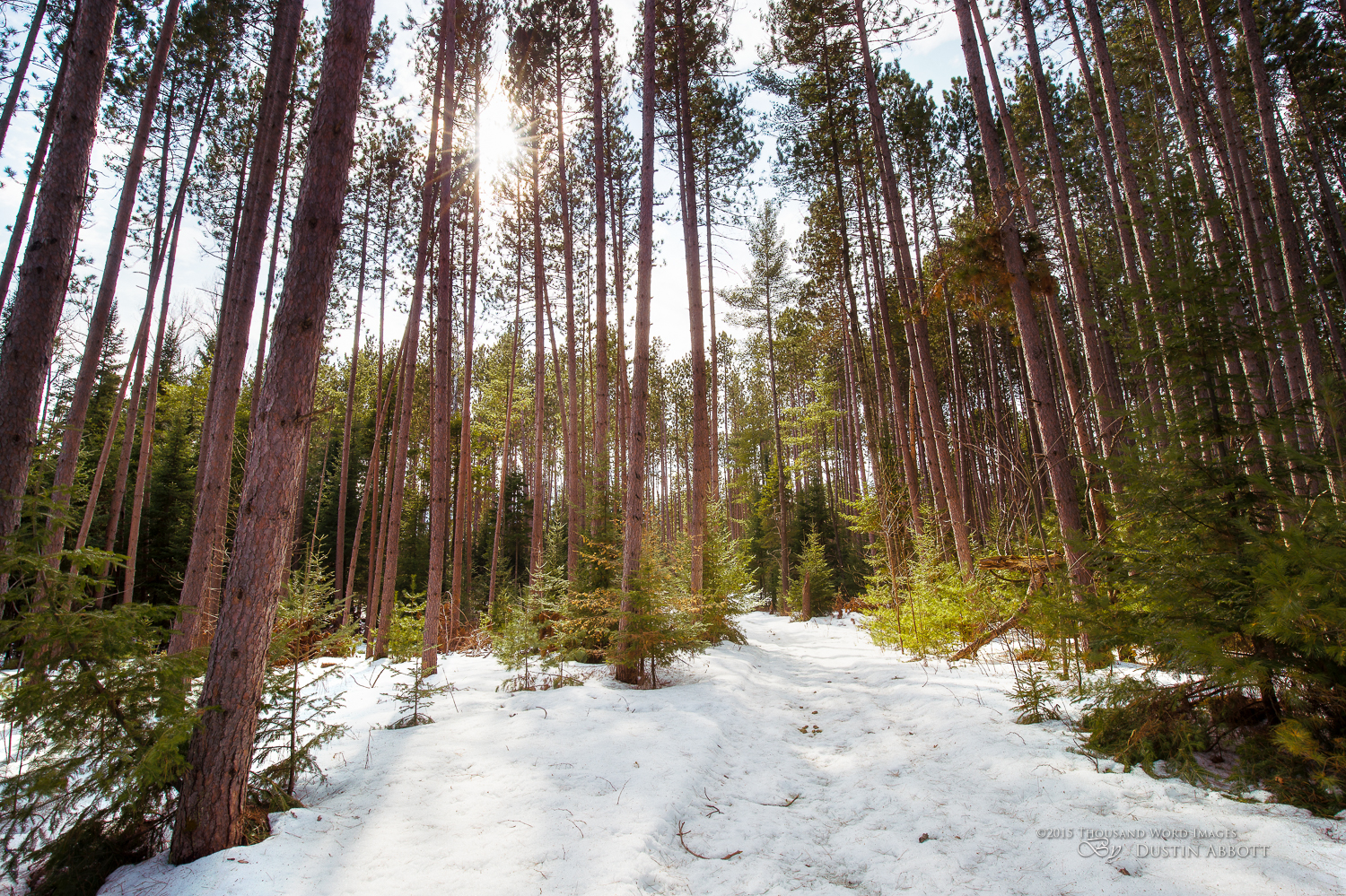
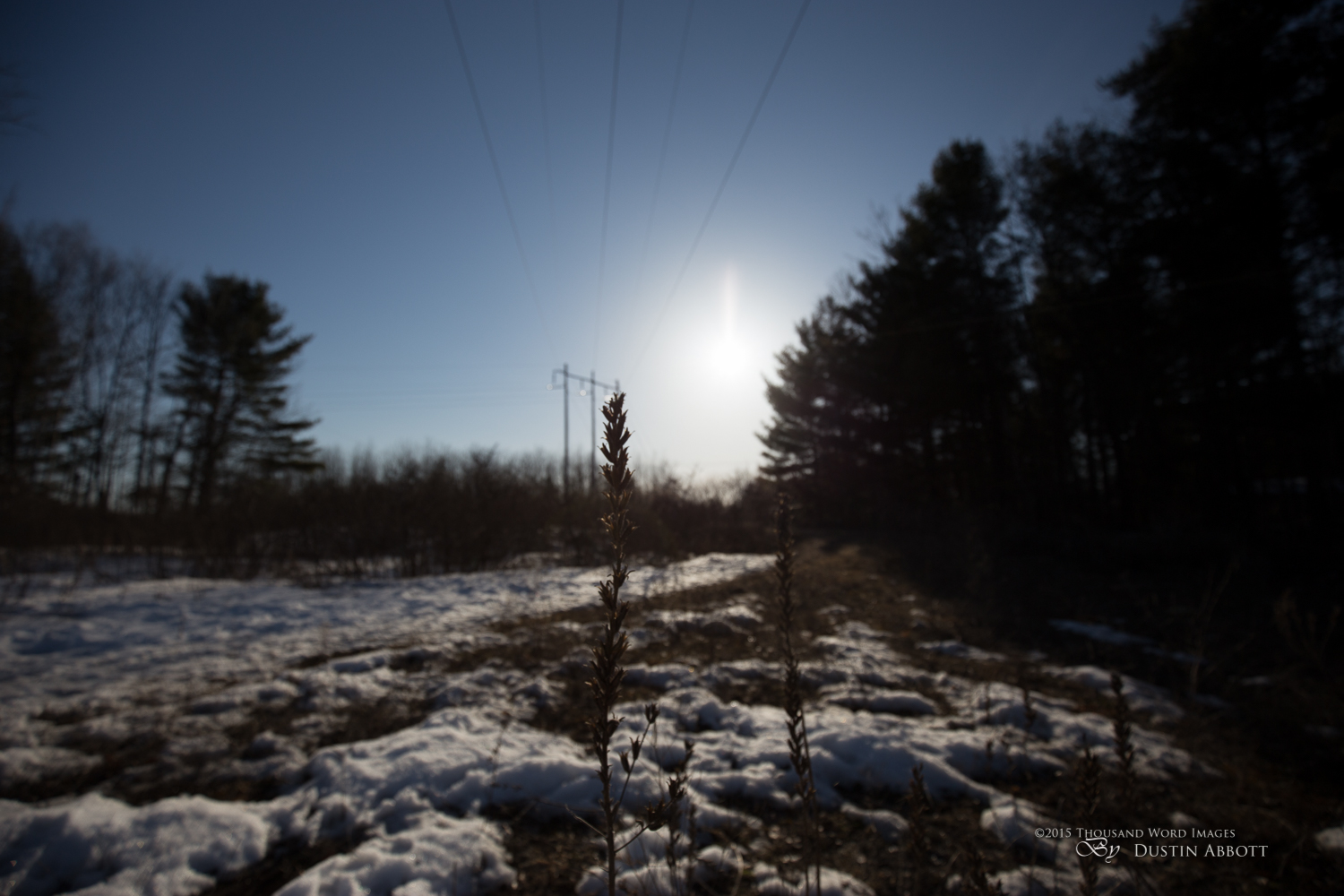
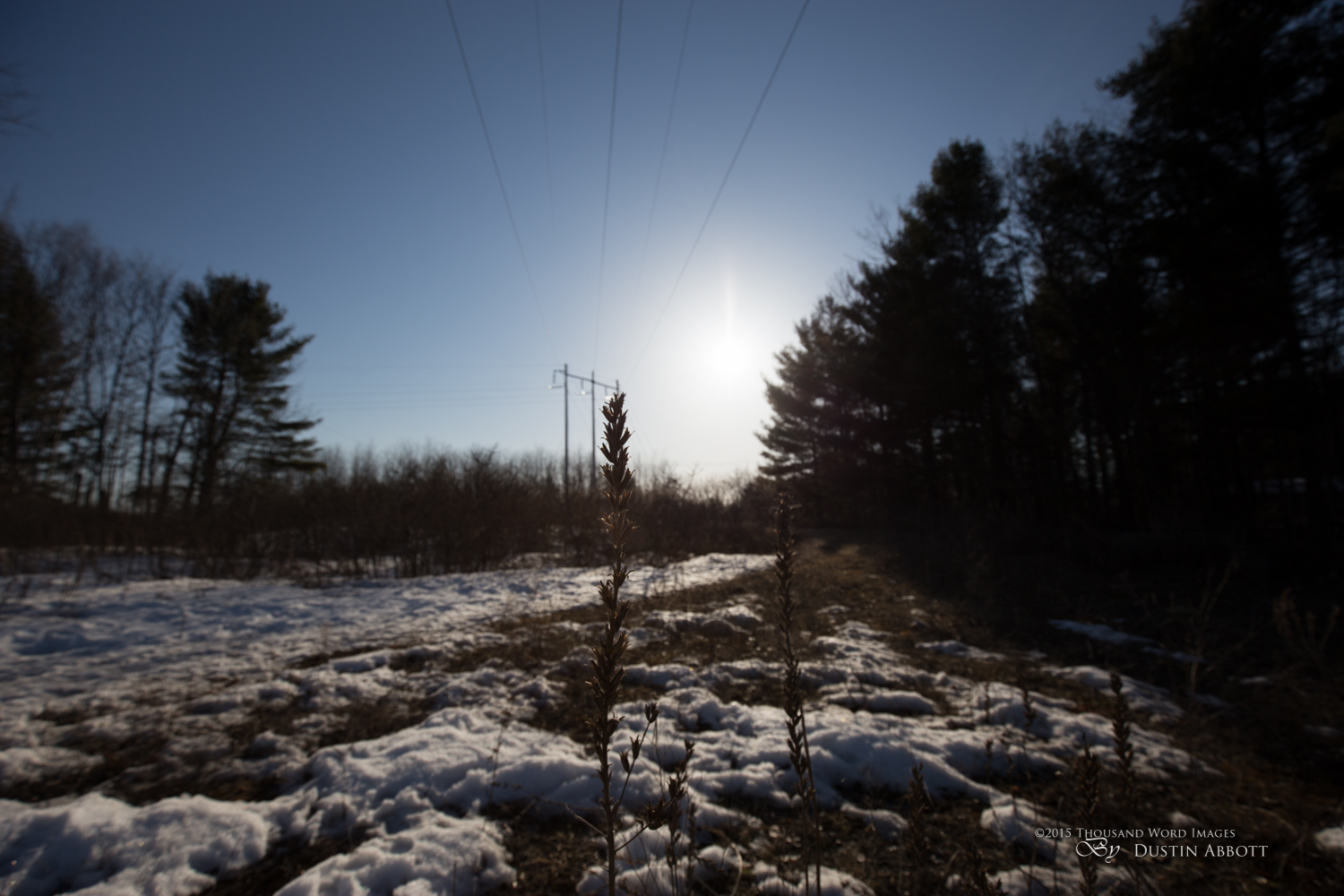

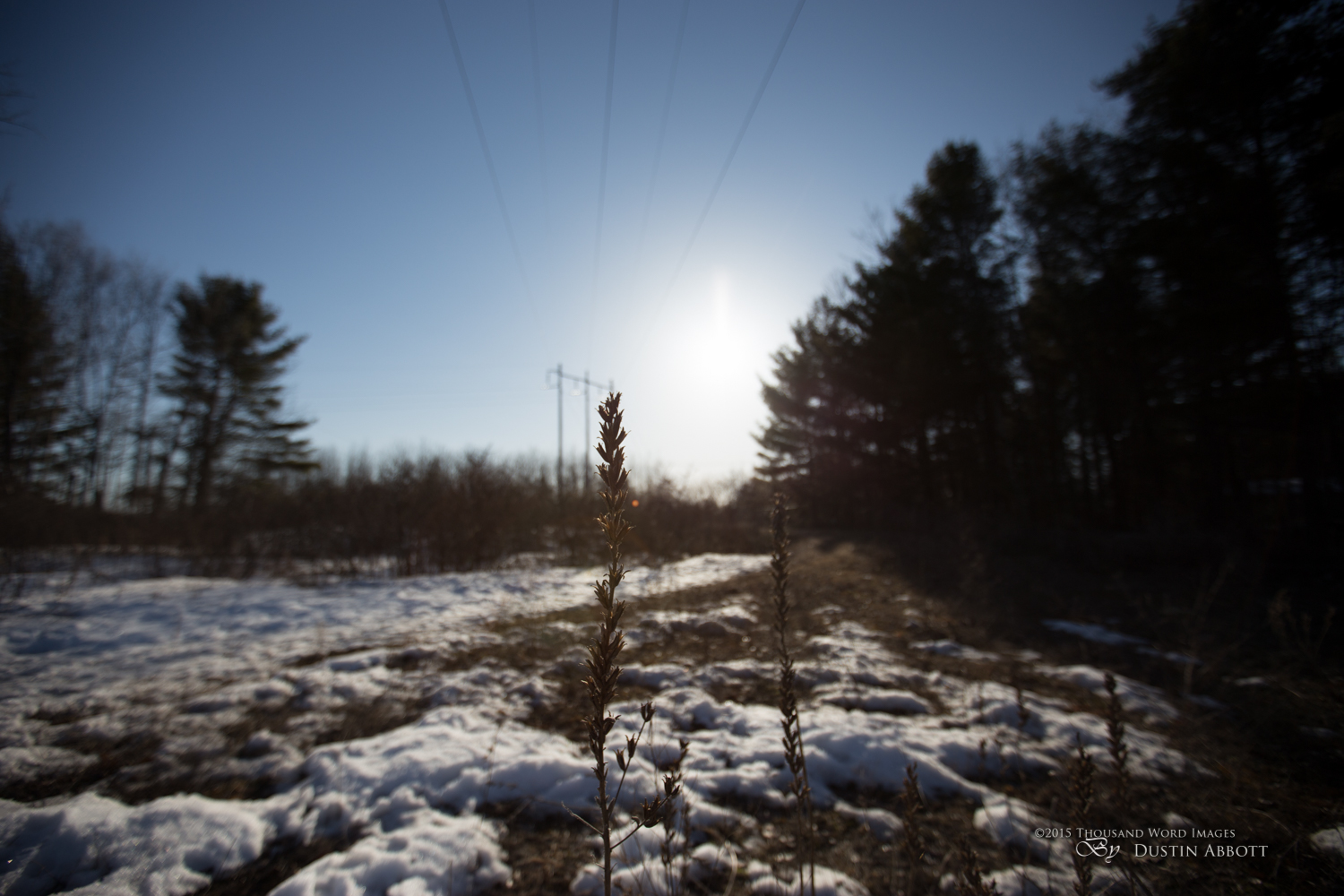
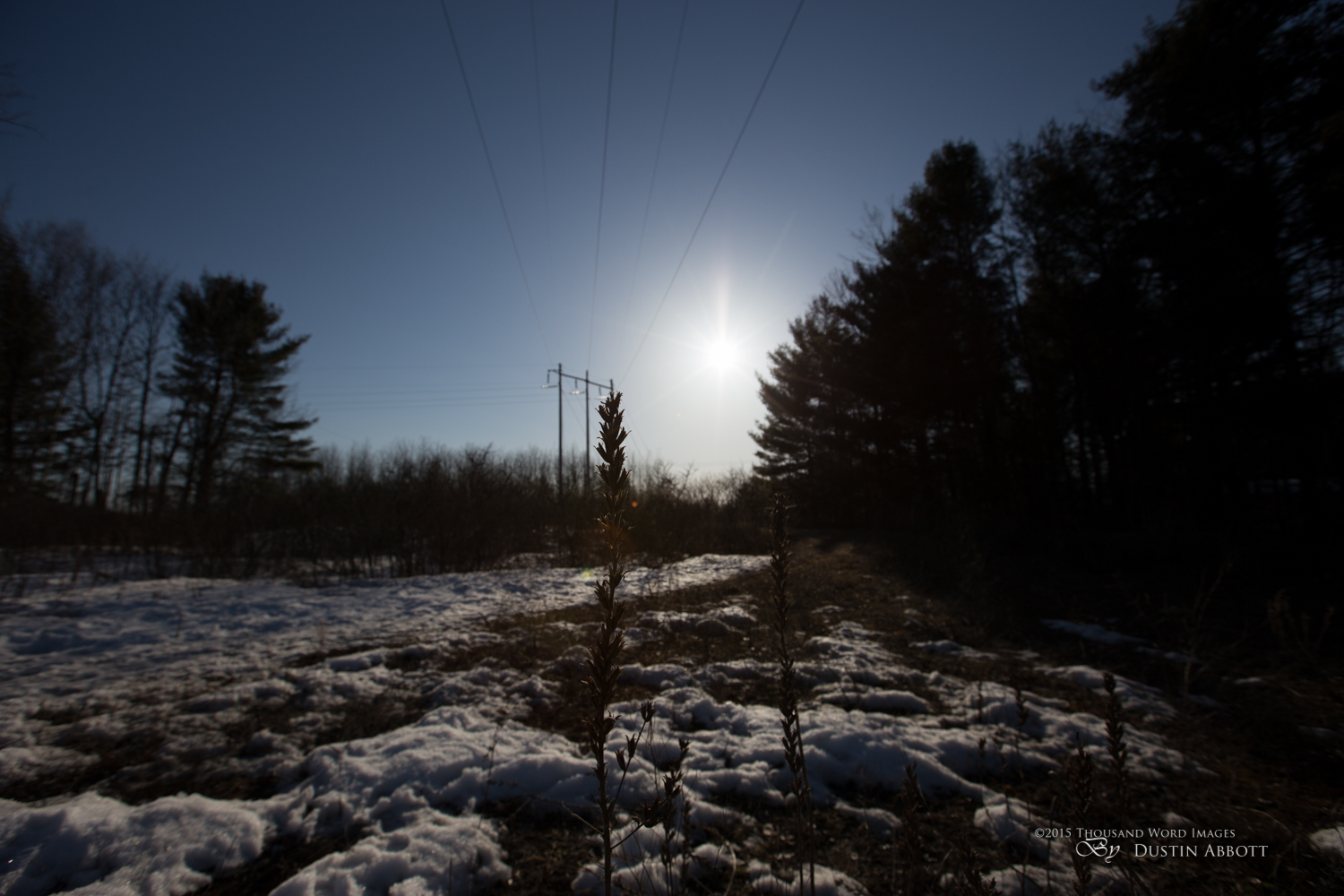

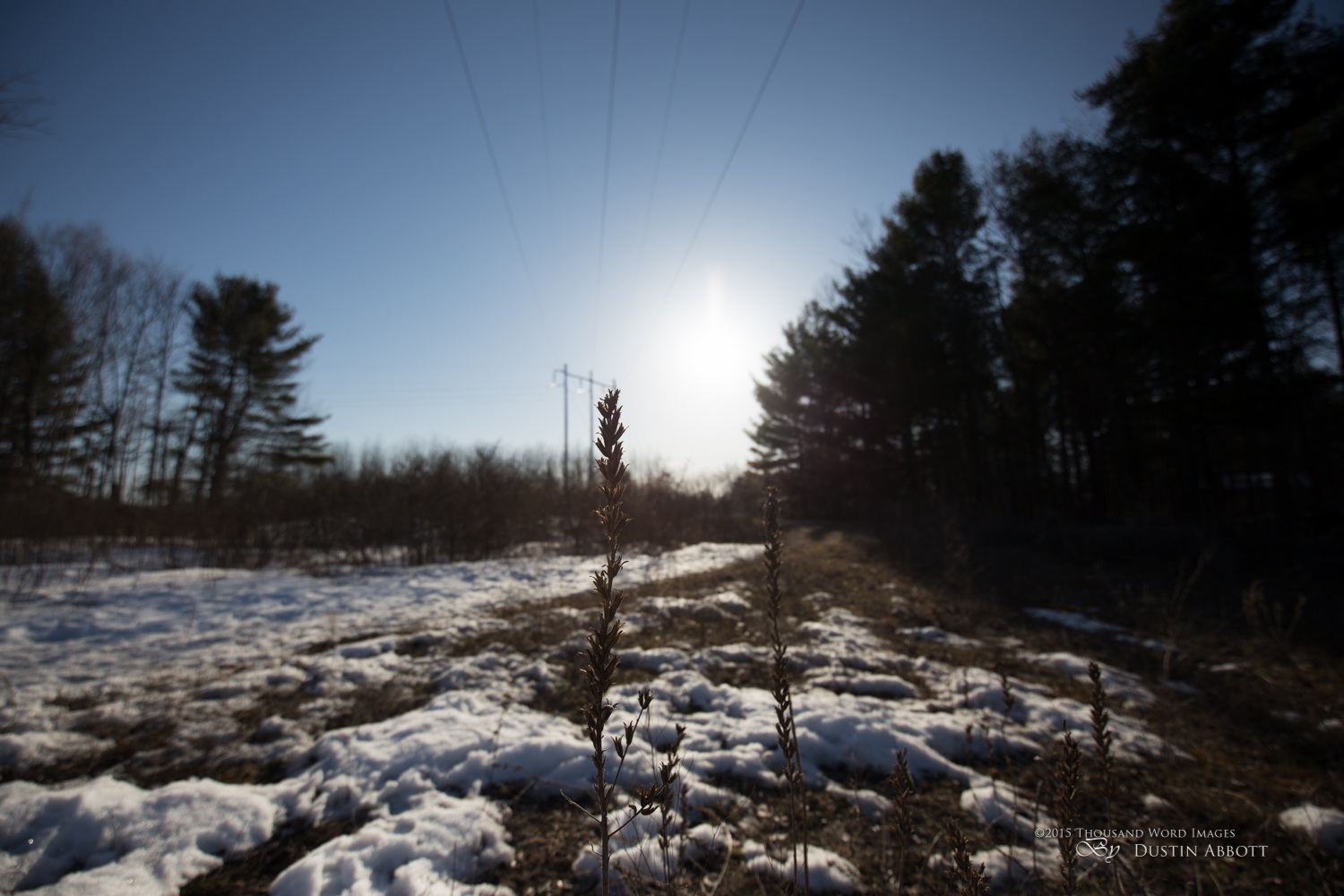
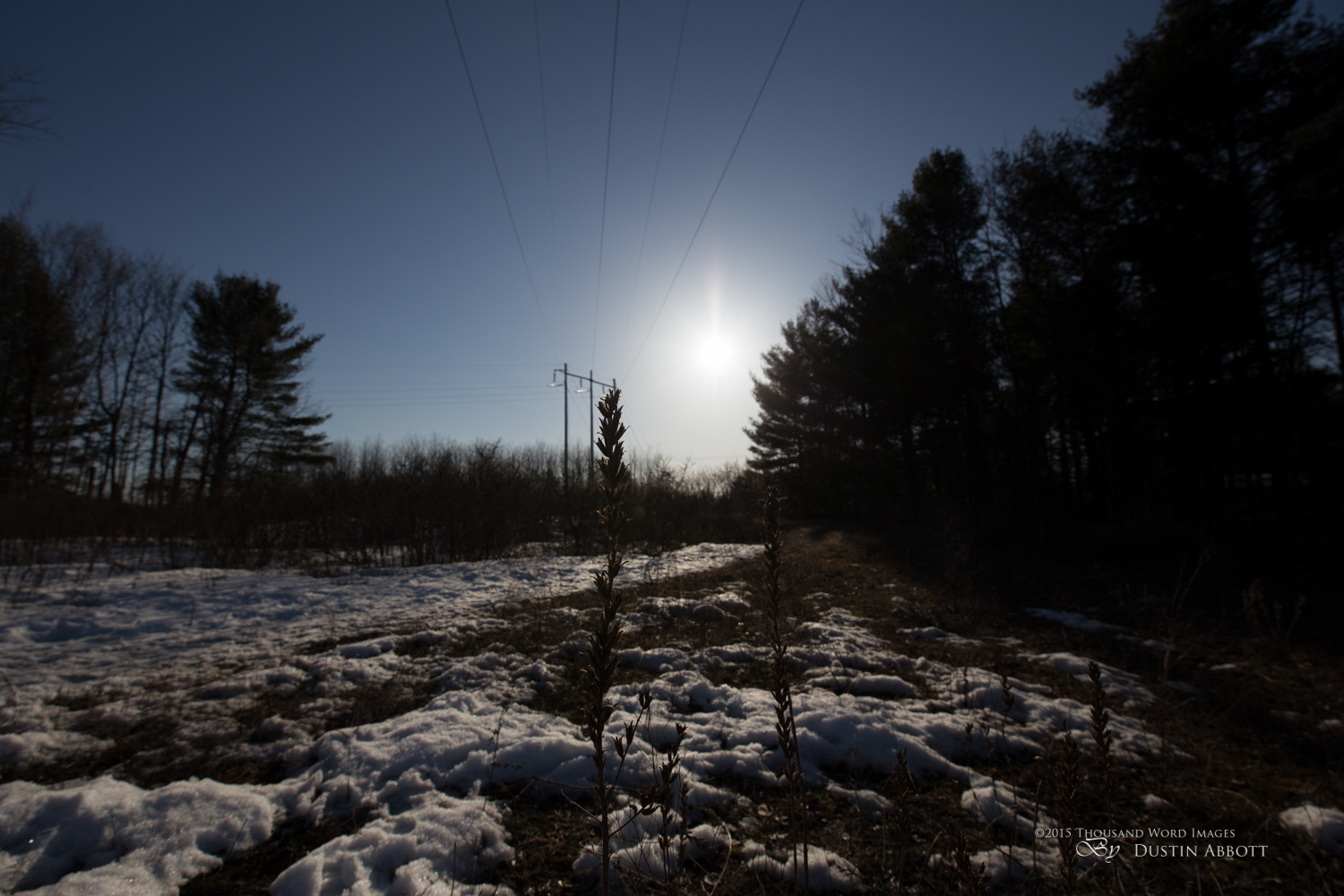
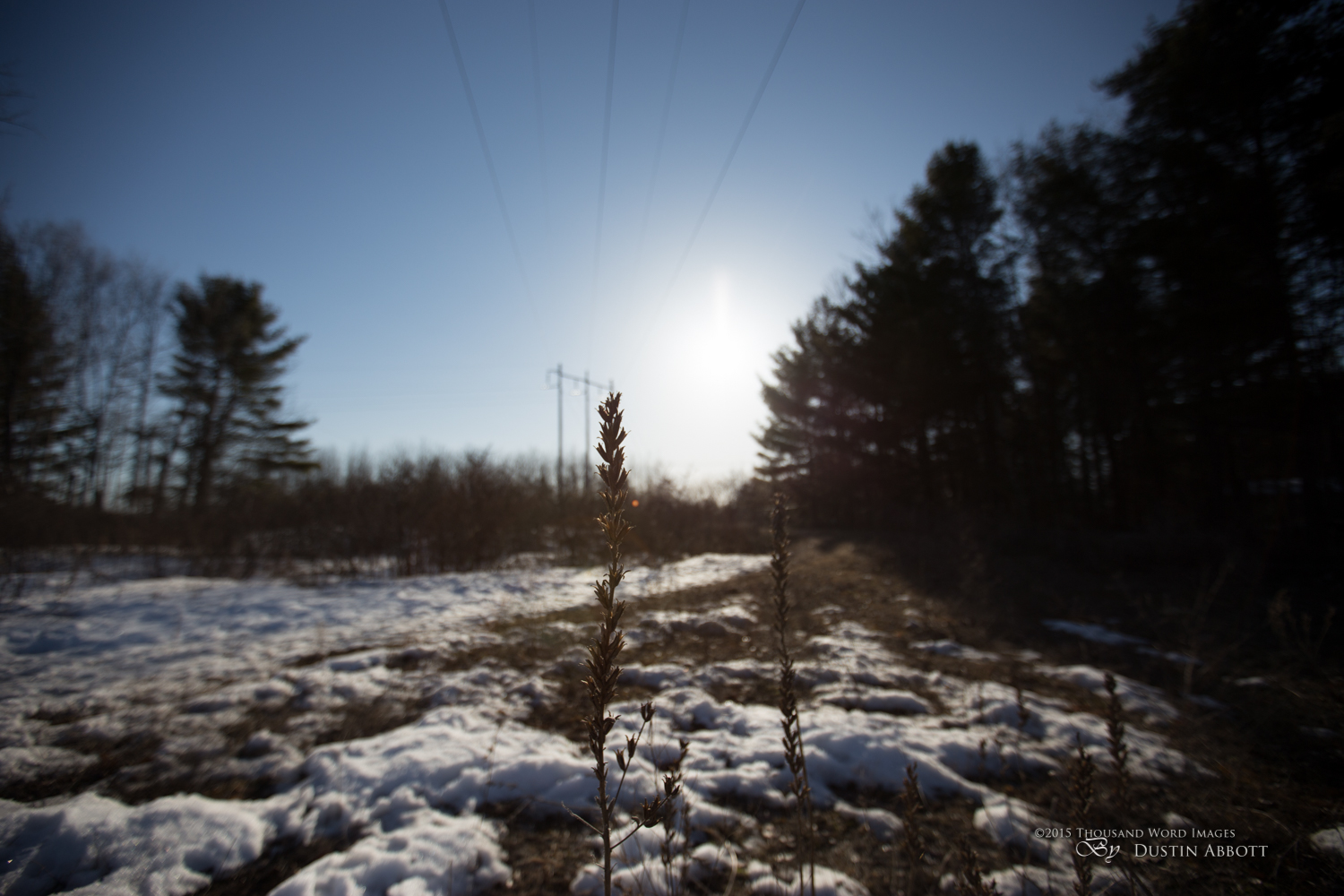

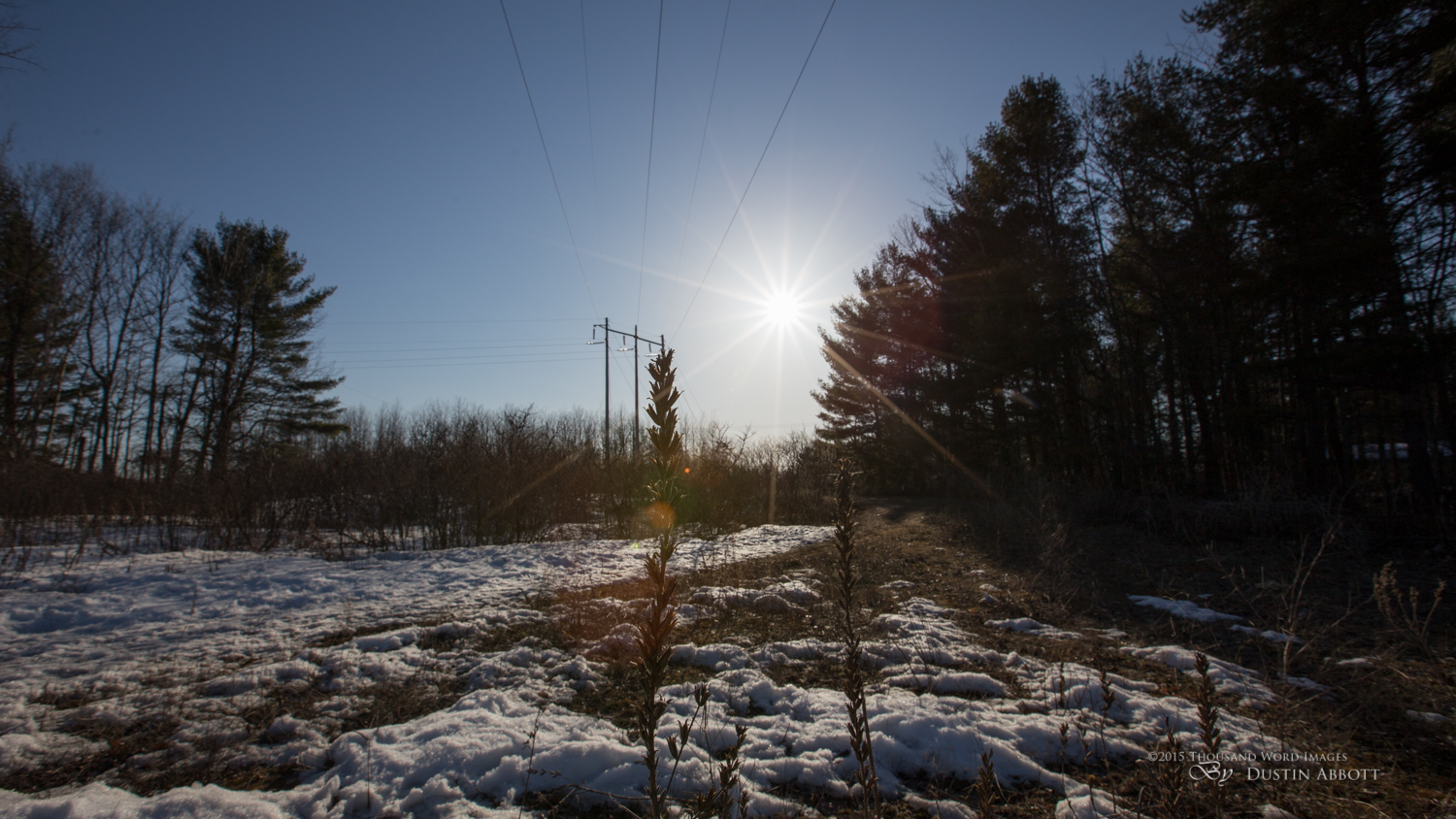
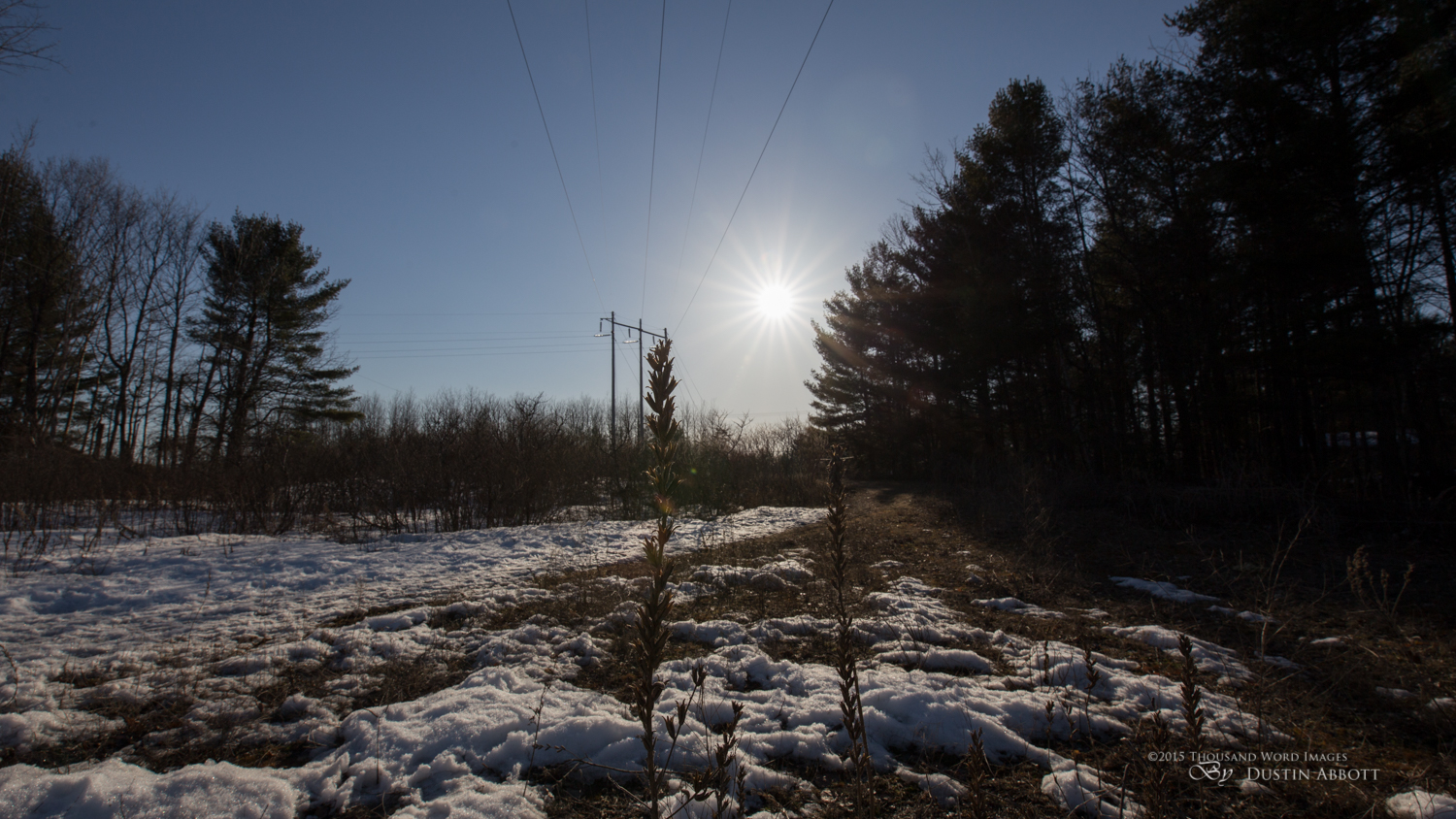

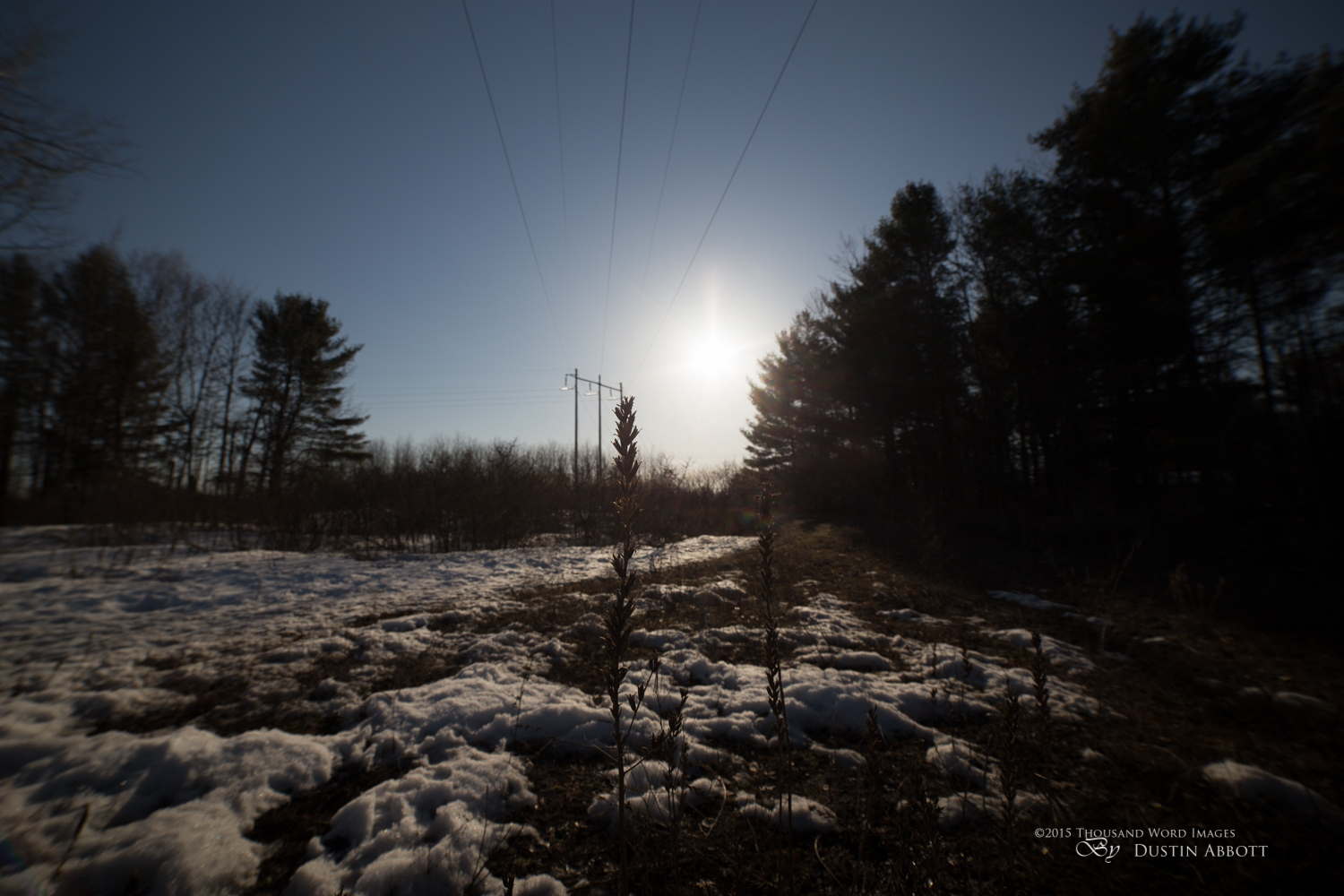


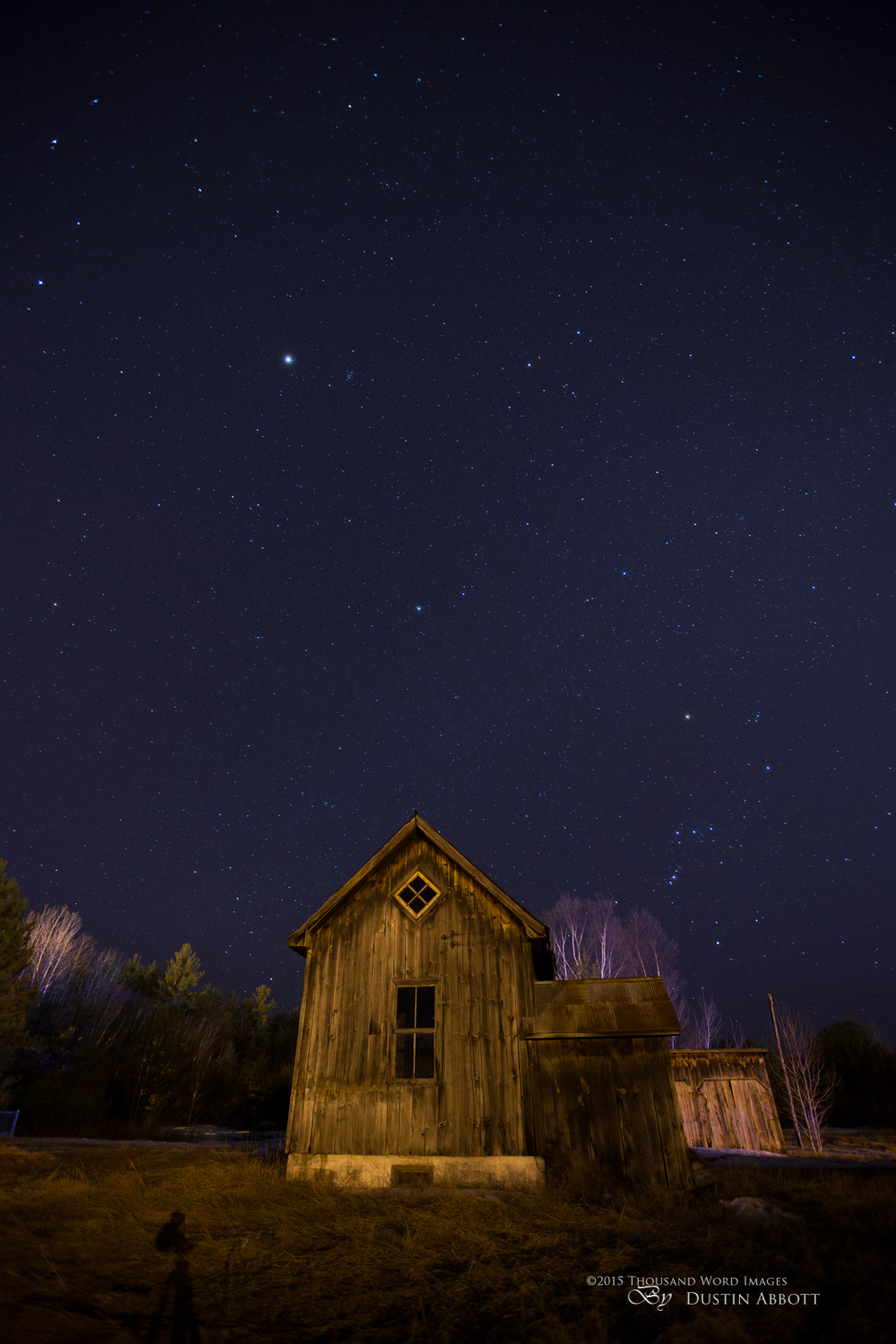
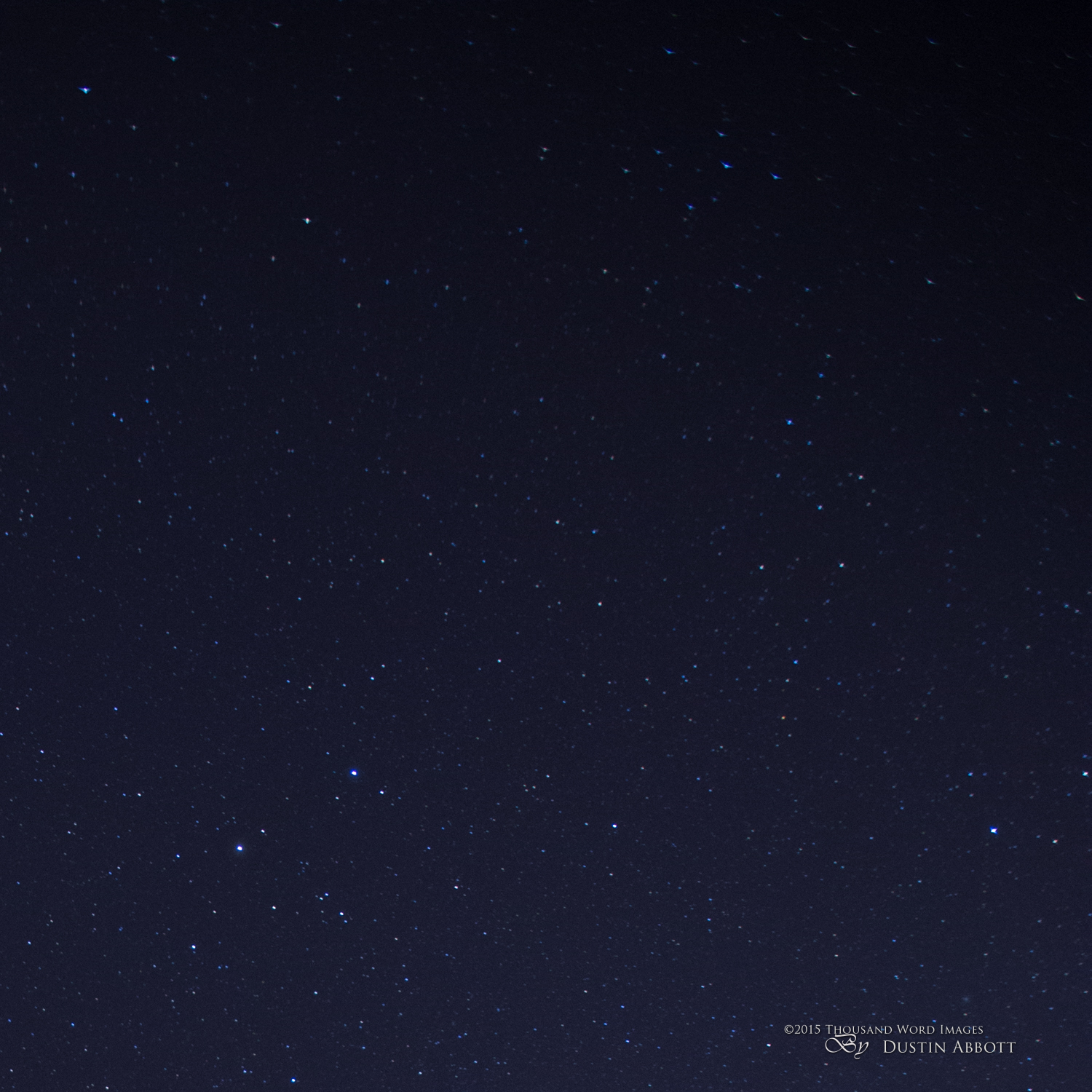
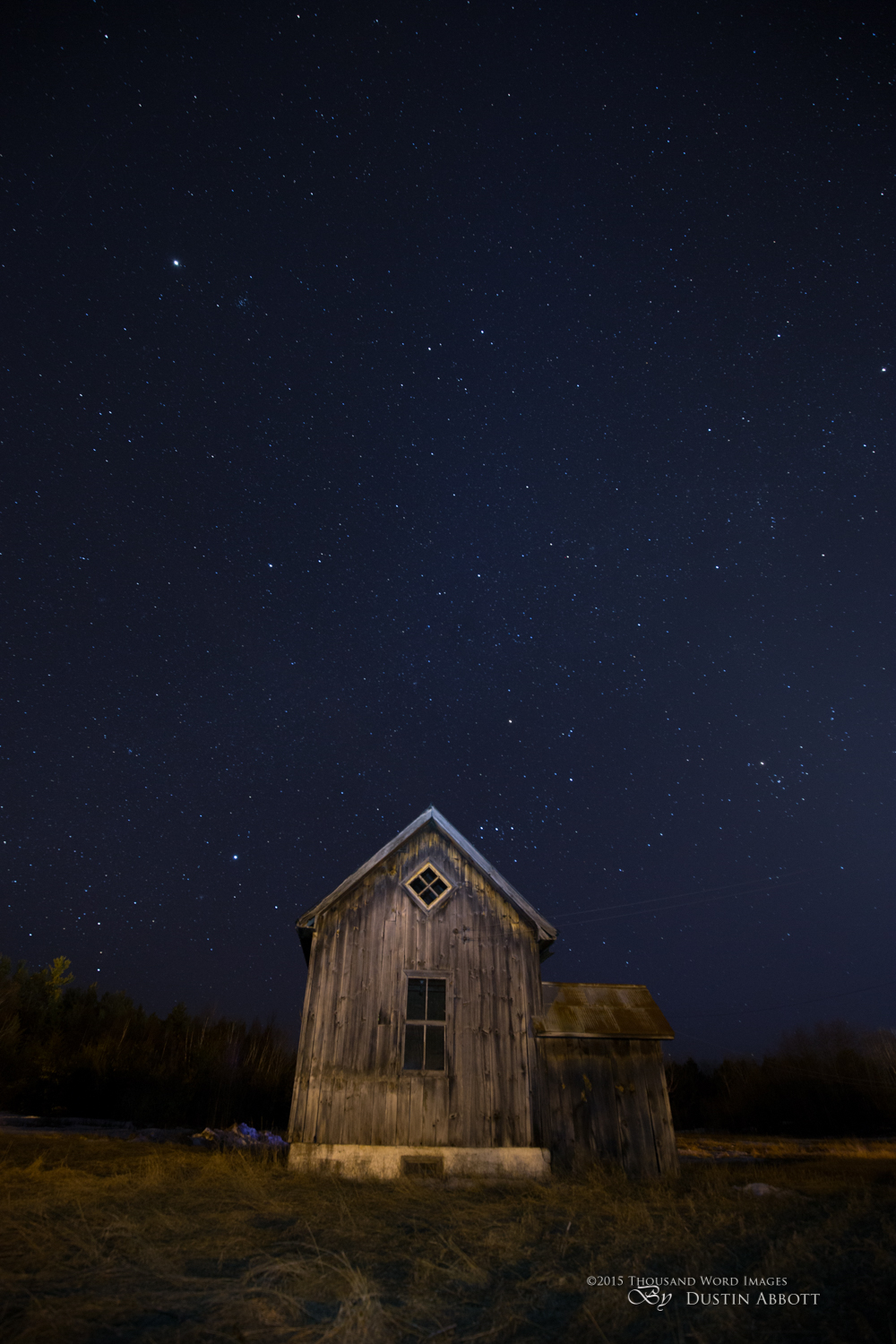
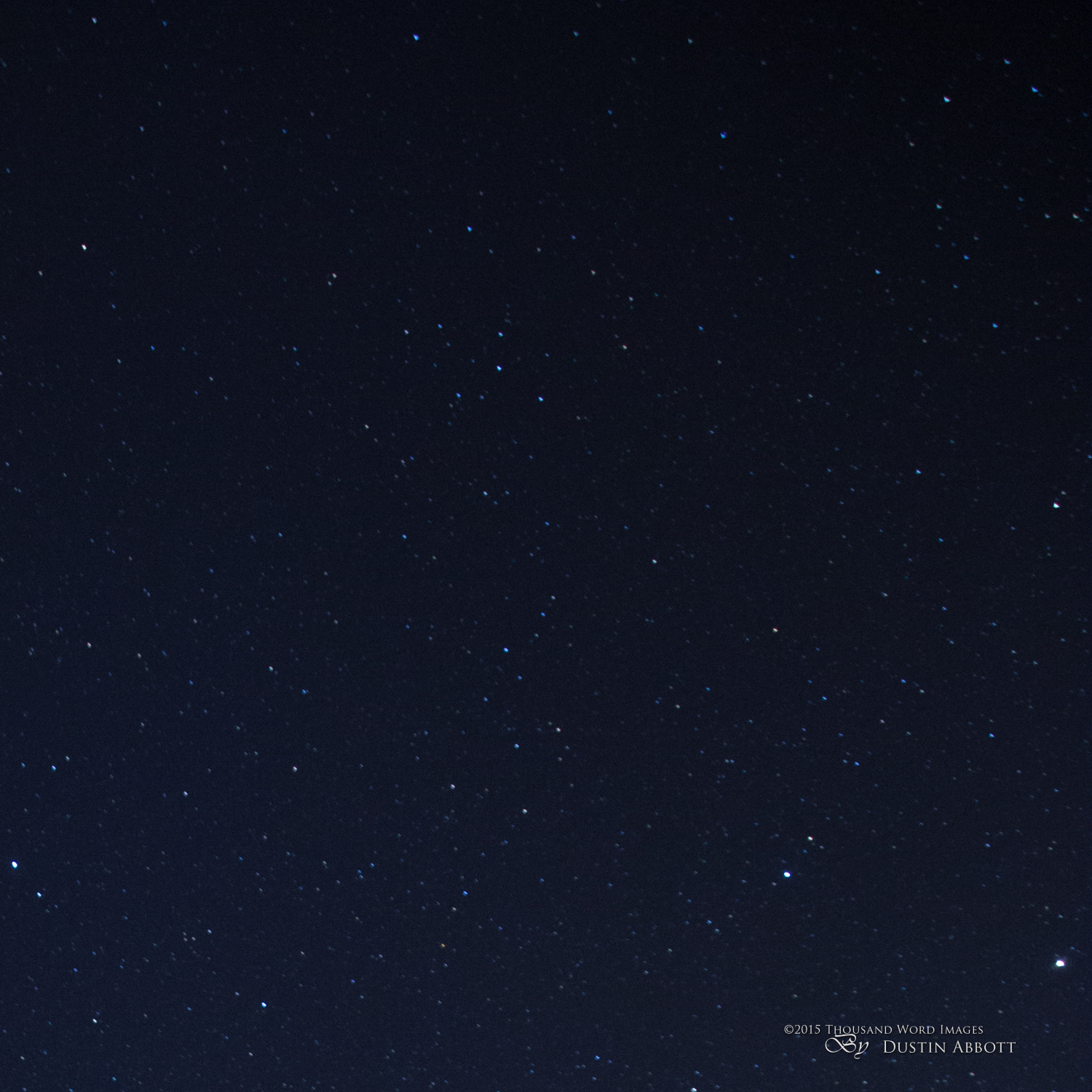


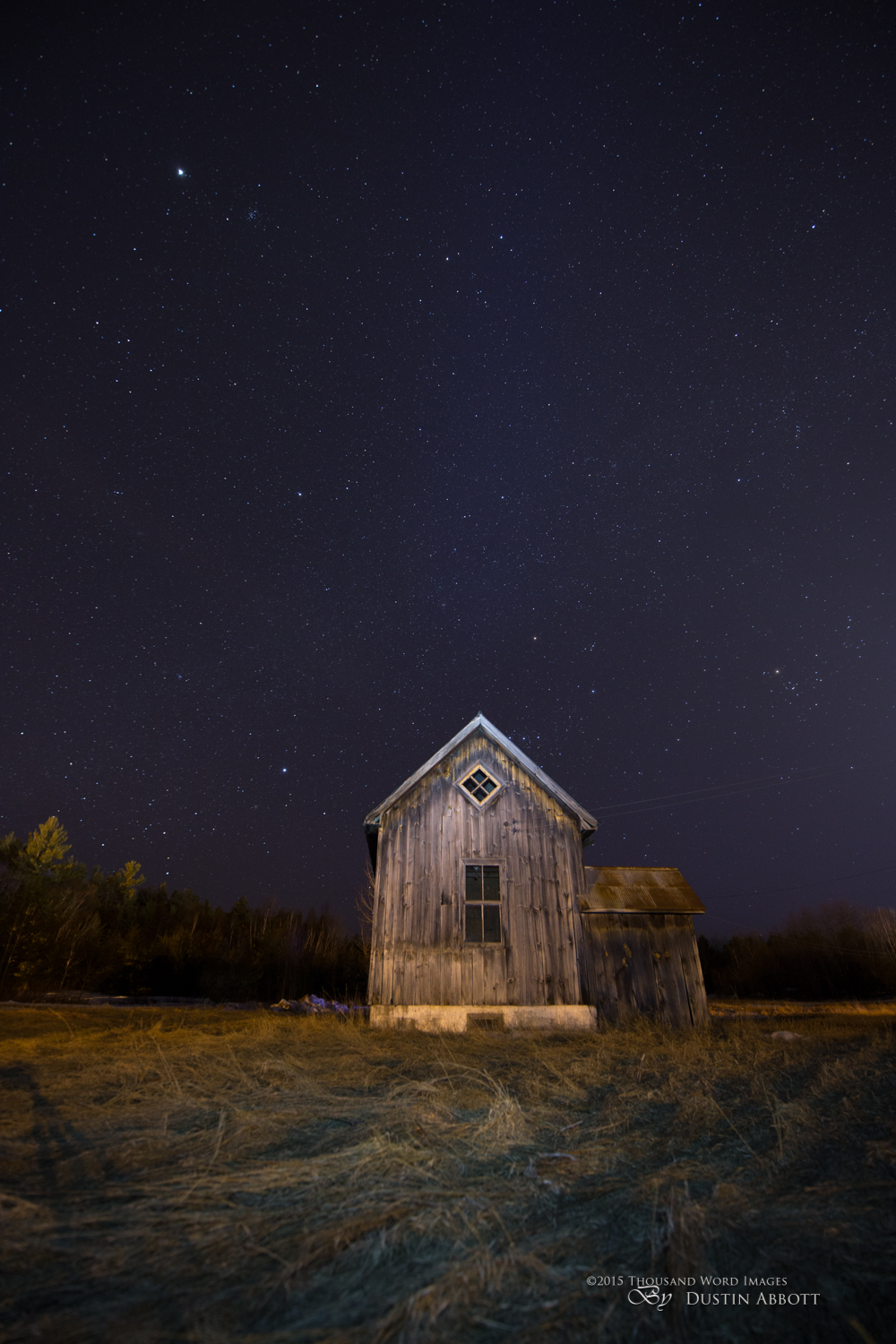
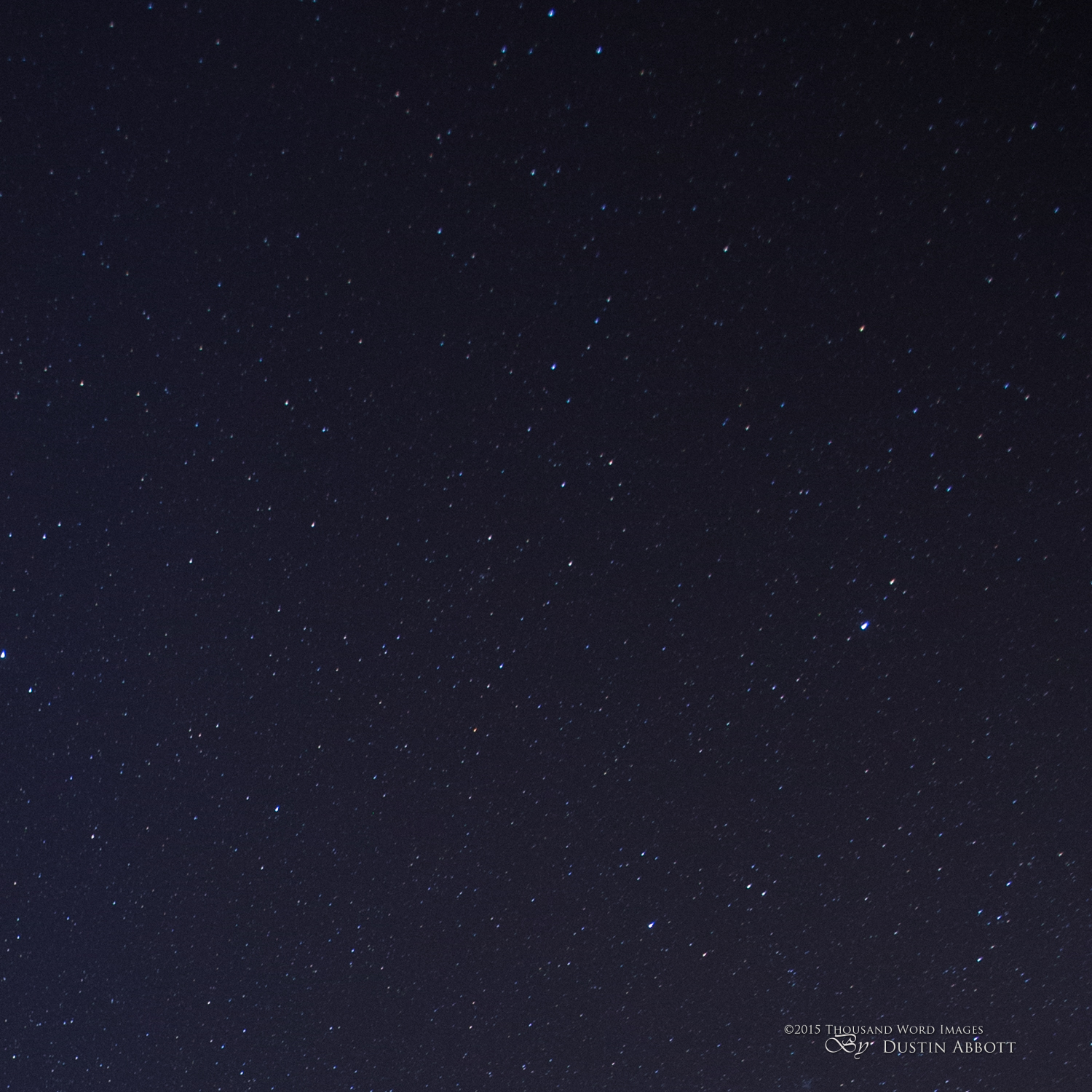
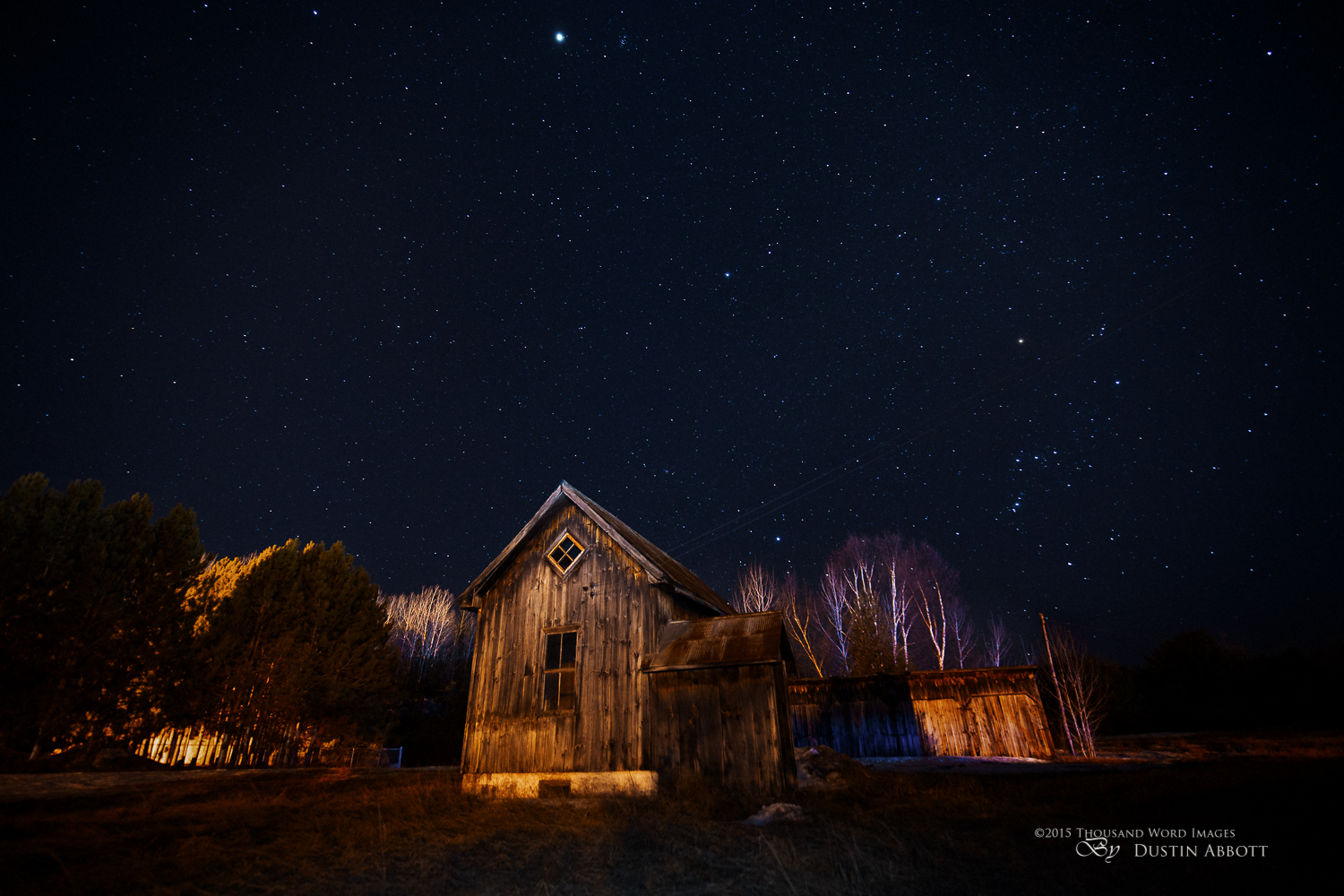
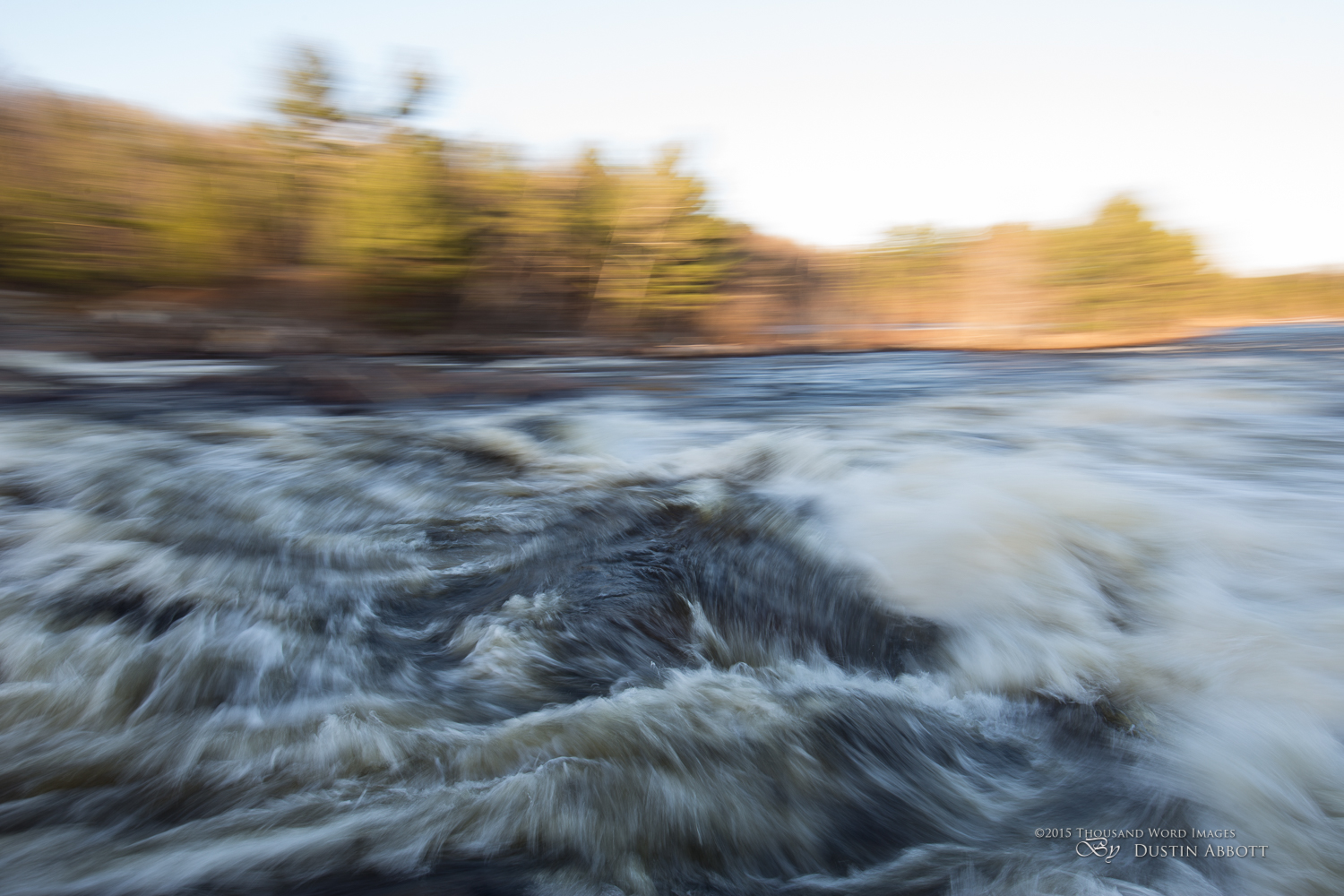

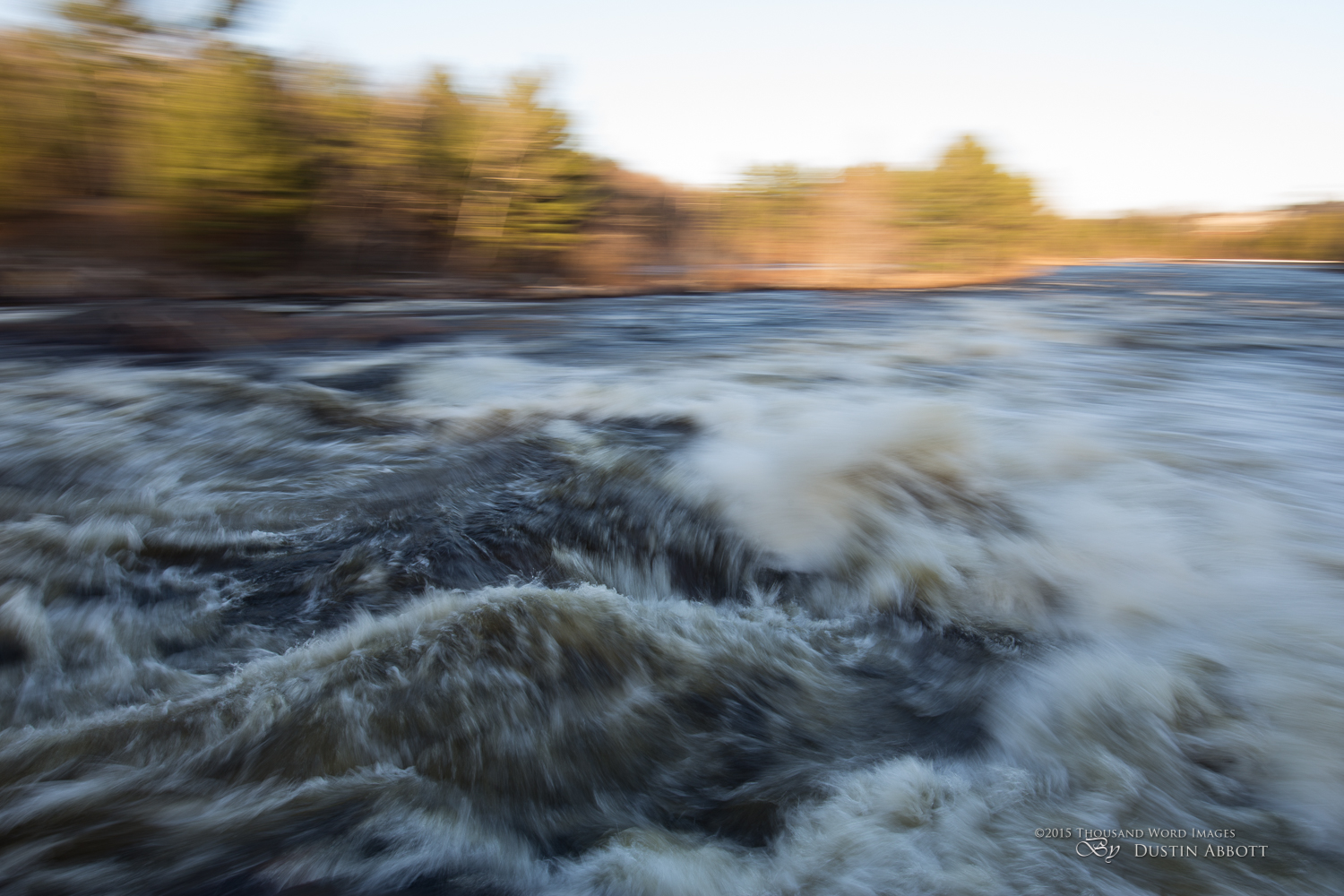
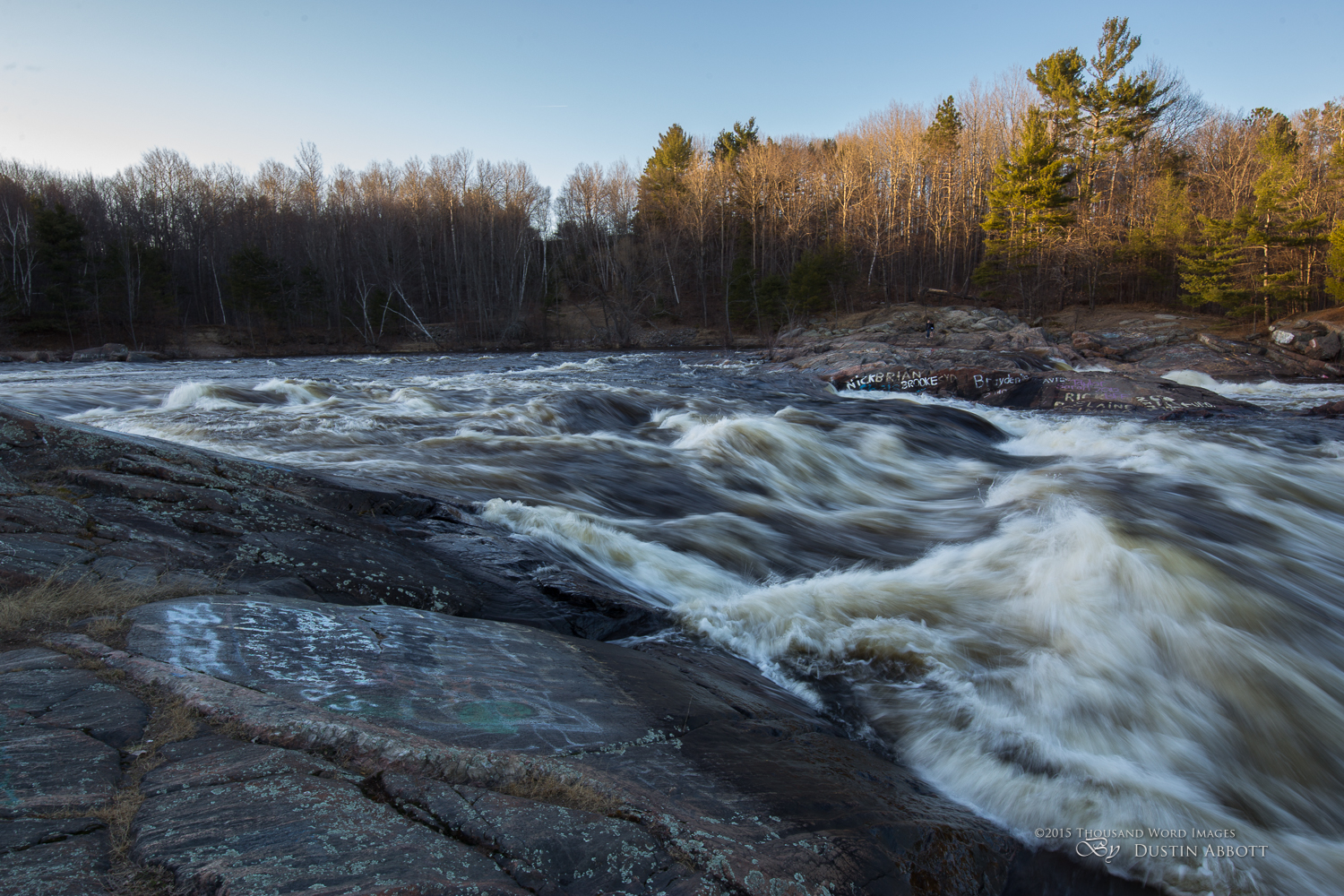
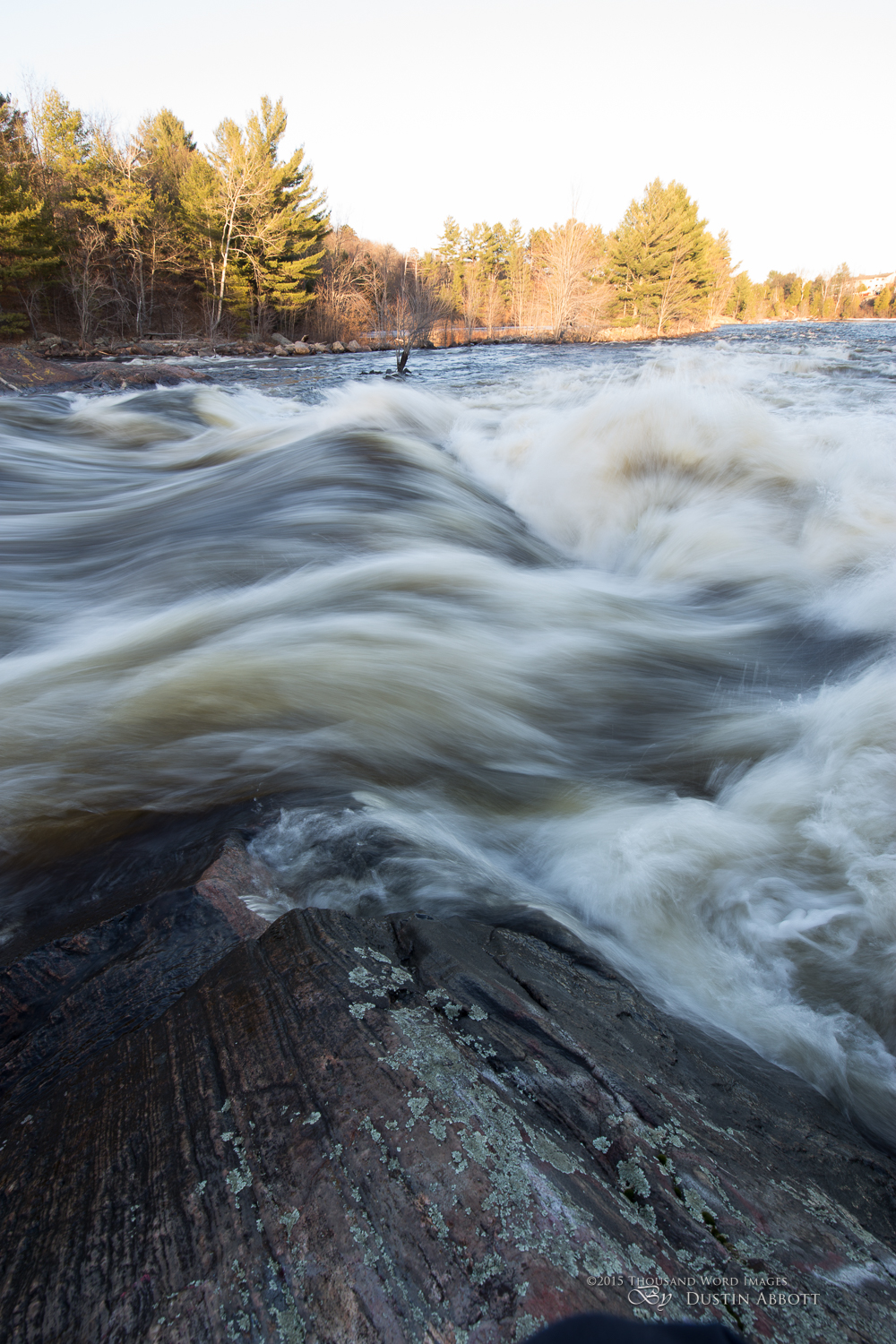

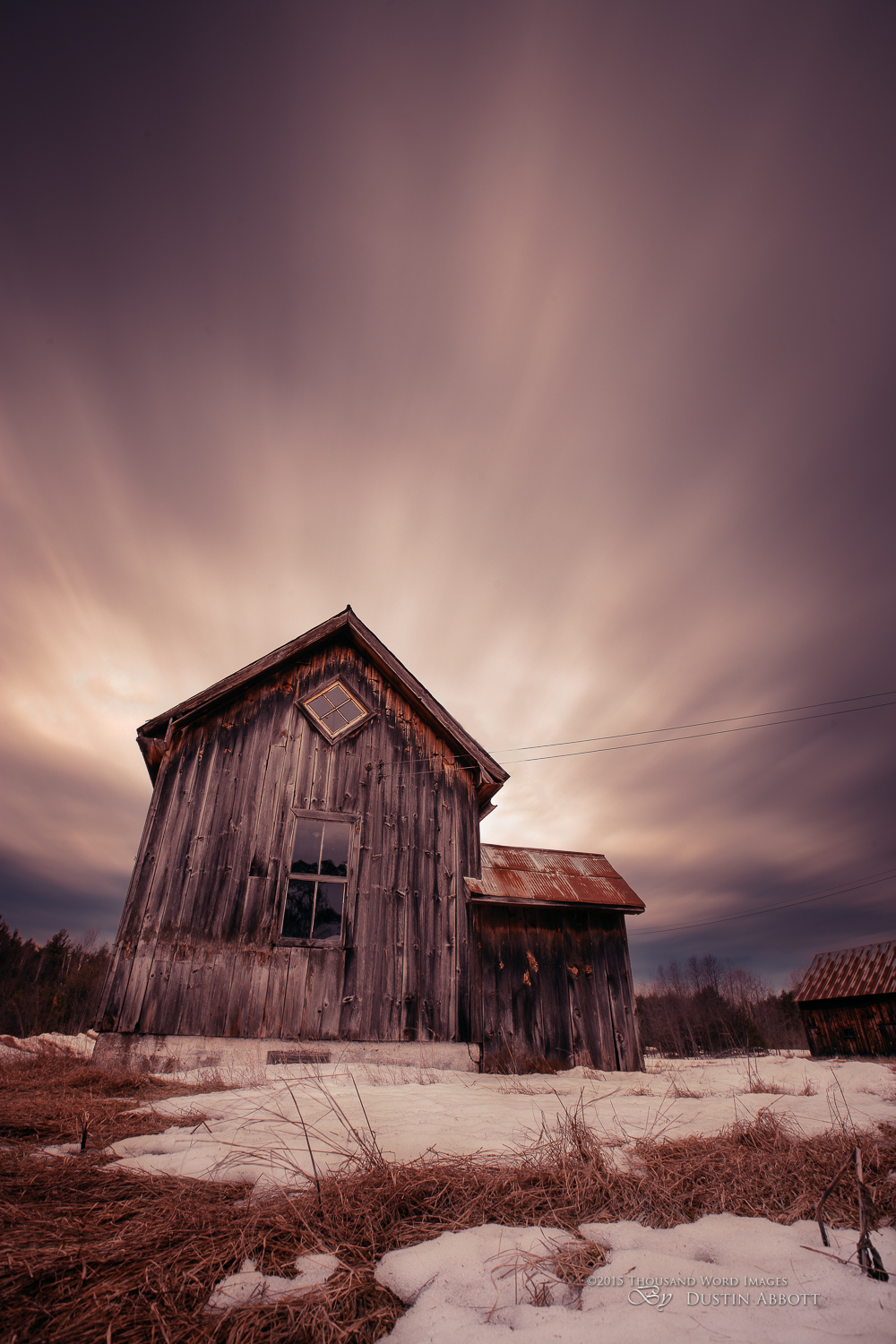
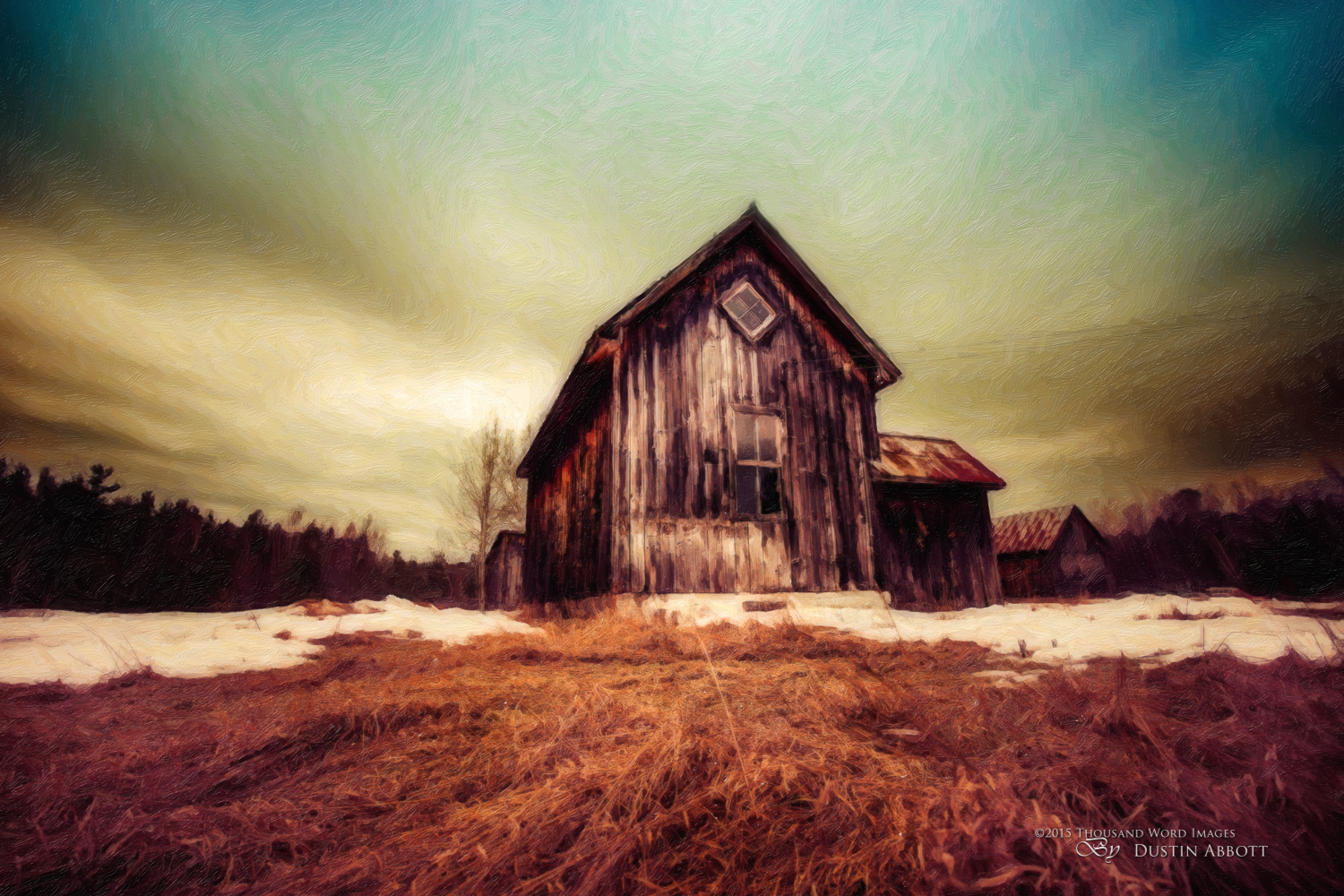

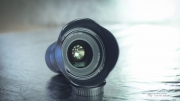
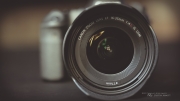
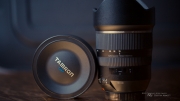

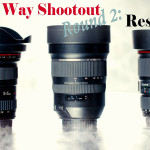

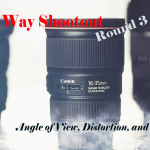
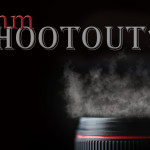

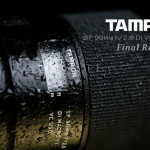
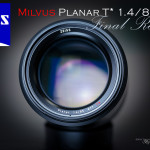
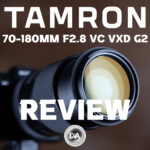
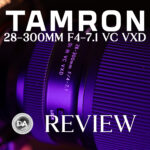
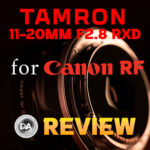
Thanks for this great in depth review. I'm going to buy either the Canon 16-35 f4 or the Tamron 15-30mm. Difficult decision given each has its advantages. I rely on auto-focus. Which lens has the better auto-focus?
They both have excellent AF, so I would just go with what suits your purposes better from other perspectives.
Dustin,
Such an incredibly in-depth review of these lenses! Thank-you! I have been looking closely at the Canon 16-35 mm f/4 for my treks to the Indian Himalayas. I am looking for great landscape wide angle options. Weight is also a consideration, as we trek large distances. So at this time I am “leaning” toward the Canon. But if ever there were a pause for reflection for me on a wide angle, it would be this Tamron 15-30 that you have so eloquently reviewed alongside the two Canons!
The other wonderful discovery here in all of this for me ~ is your incredible BLOG with so much information on many topics and gear! I am now “booked” for some more reading! You are beautifully intense and passionate in your detail!
As an aspiring photography (purely recreational and casual), I am about to make some big purchases for my travels: Canon 6D, Canon 70-200mm f/4, Canon 24-105mm f/4.
In short, thank-you for sharing your photography insights, wisdom, and experience with us all! I truly can’t wait to get busy reading more of your amazing blog!
All the Best,
Scott in Minnesota
Great feedback, Scott, and regarding the two lenses – buy the one that best fits your purposes. They are both excellent! The Canon is definitely a lot lighter and more compact, so if you are doing a lot of trekking, I suspect that it is the better choice for you.